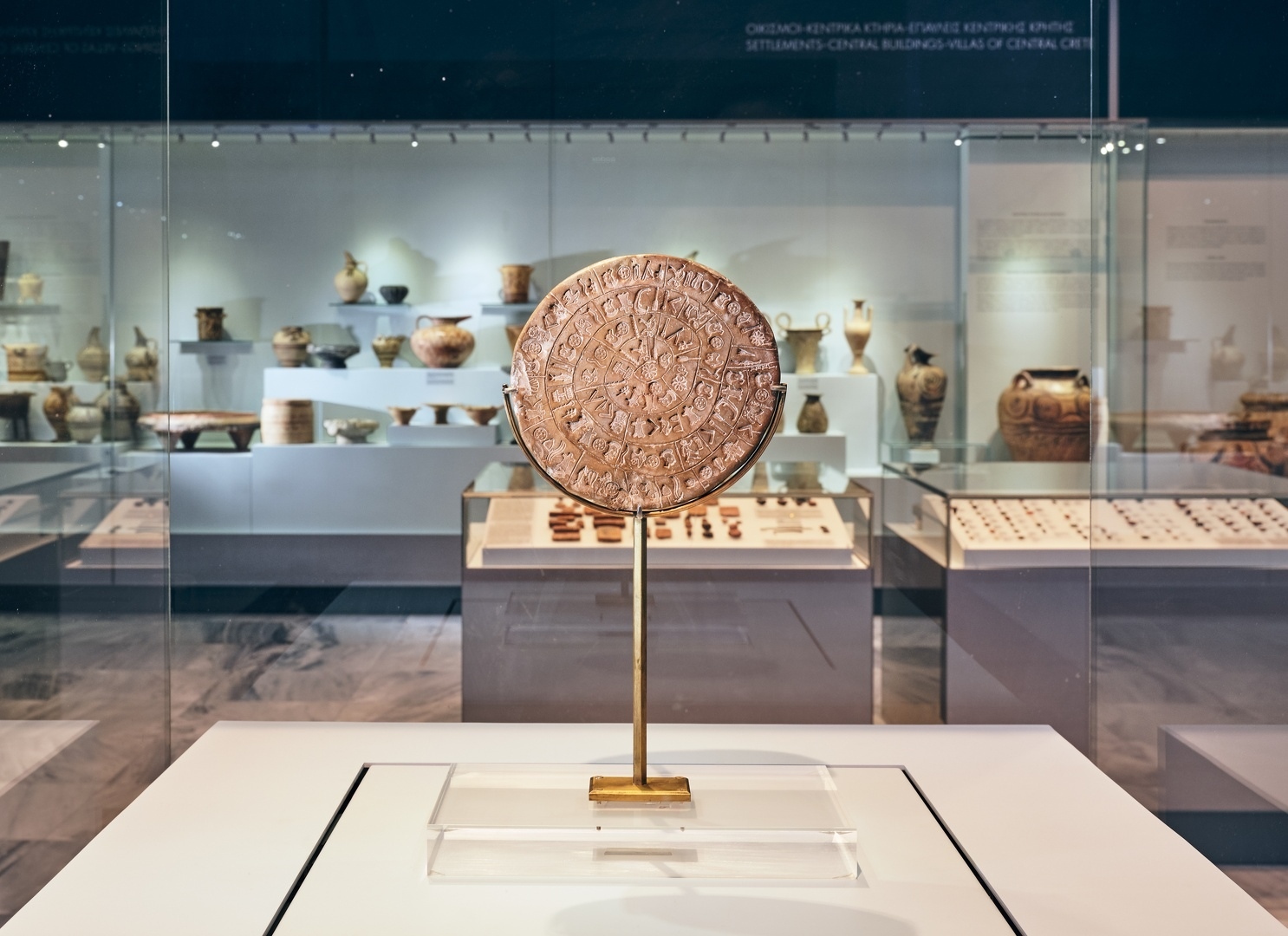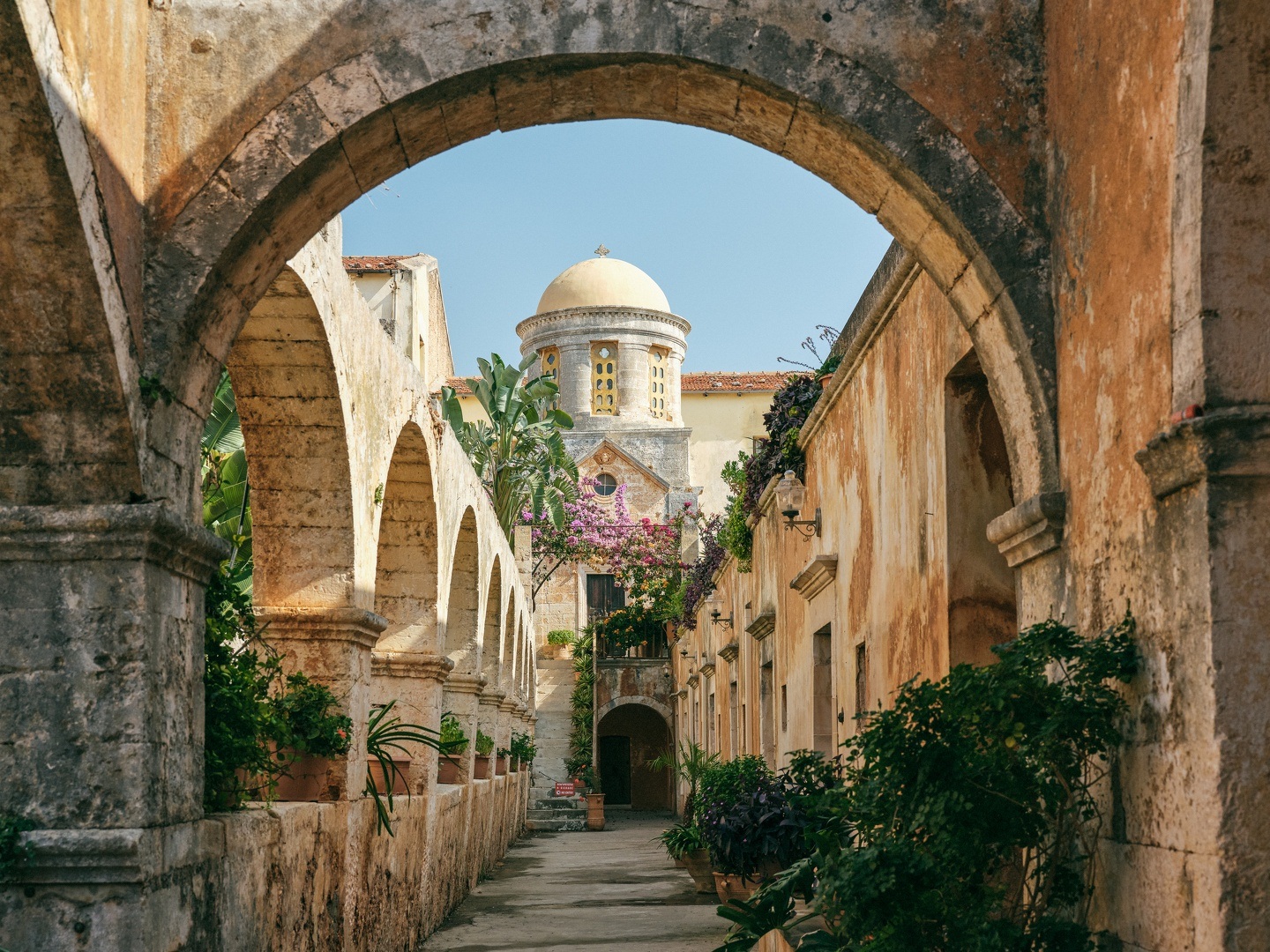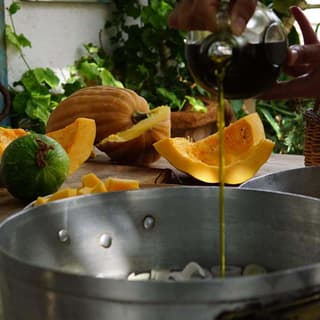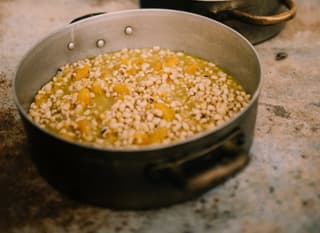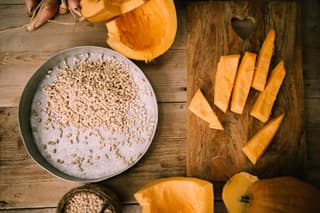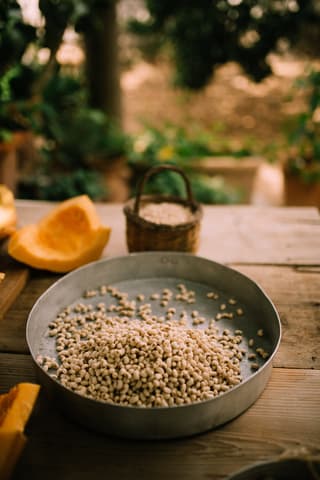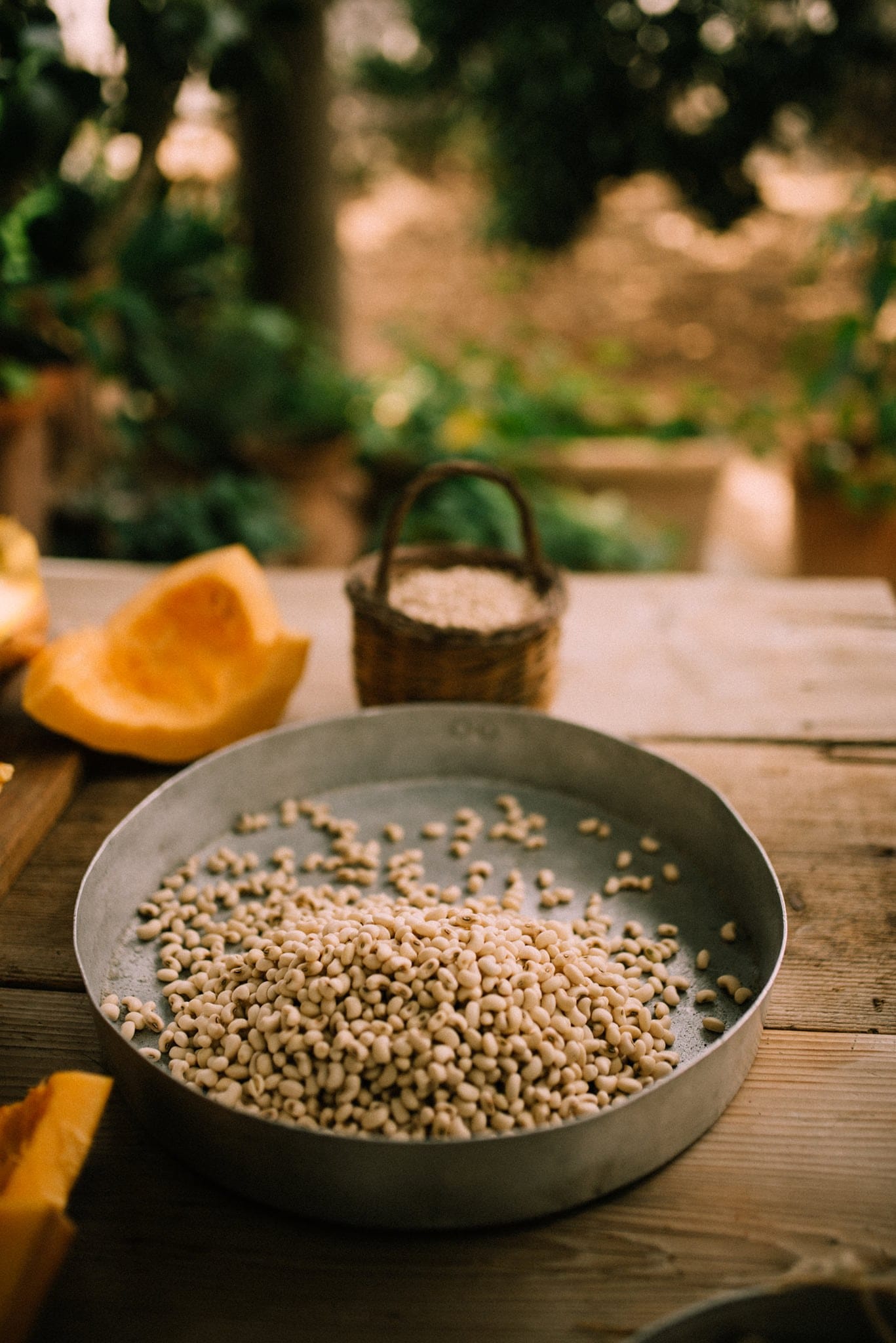
A recipe hailing from Apostoli, Pediada.
This unique variety thrived exclusively in a specific region of the Apostoli plain.
Fifty-one years ago in the Cretan village of Apostoli in Pediada, there was a distinctive variety of beans known as the white-eyed bean. Resembling black-eyed beans in shape, these beans had almost white eyes. They were cooked to a tender, rice-like whiteness and were enjoyed in various forms, such as stewed dishes or salads, particularly during fasting periods. The cultivation of this unique bean was limited to a specific area in the plain of Apostoli due to the seasonal flooding of the river Baboulanis in winter, providing excess moisture ideal for cultivation.
During that era, the village was renowned for the extensive cultivation of beans, earning its residents the nickname bean eaters or bean-growers. Over time, this distinct bean variety faded into obscurity. Fortunately, in 2012, Panagiotis Vasilakis rediscovered two handfuls of these beans in a forgotten jar in his house. Haris Petrougakis, a farmer passionate about preserving local crops, took on the task of reviving the seed. Despite starting with only two handfuls, he successfully grew five beans. From these initial green beans, the cultivation expanded, and today, approximately 5 acres in the Apostoli plain are dedicated to the famous and delicious Apostoli white-eyed bean.
I recall that during the waning of the moon, my grandfather would gather the beans, believing that this timing would prevent spoilage and infestation. Meanwhile, my grandmother eagerly awaited the beans to prepare my grandfather's beloved dishes, either as a soup or with sweet pumpkin.
White-Eyed Beans with Sweet Pumpkin
Ingredients:
- 1 kilo white-eyed beans
- 1/2 kilo pumpkin, diced
- 2 medium dried onions, finely chopped
- 1 cup olive oil
- Salt and pepper to taste
Procedure
Peel and soak the beans for 2 hours.
Simmer them in a pot with water until soft, being careful not to let them melt, as you don't want them to be too soft. Drain them, leaving a small amount of juice.
In a clean pot, heat the olive oil and sauté the onion.
Add a bit of water and the diced pumpkin, simmering for 15 to 20 minutes.
Then, incorporate the beans and add a little water if necessary.
Season with salt and pepper, and continue cooking for another 15 to 20 minutes until the ingredients soften, and the dish thickens to your liking.
Lena Igoumenaki
President of the Cretan Cuisine Festival Association
Cretan Cuisine Festival
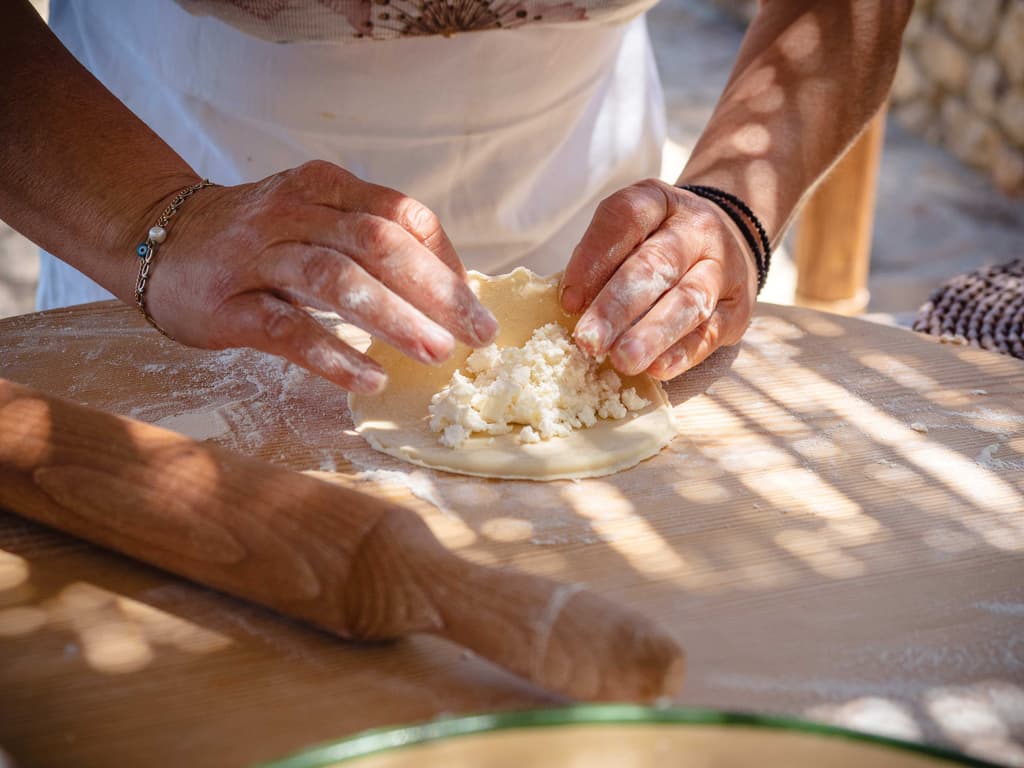
Mizithropites: Authentic Cretan Pies

Meat cake
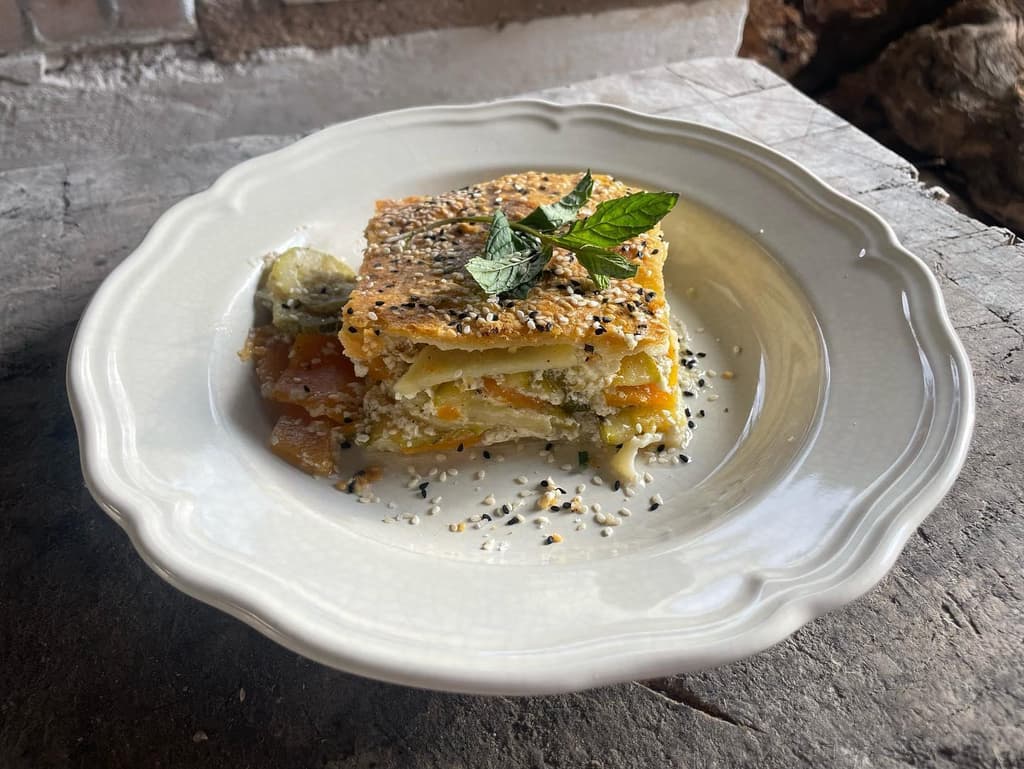
Chania Boureki or Courgette Boureki
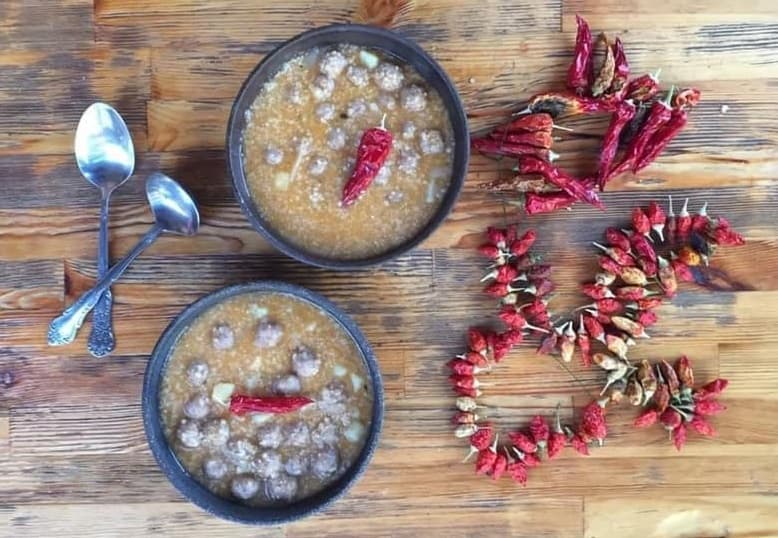
Topia (Balls)
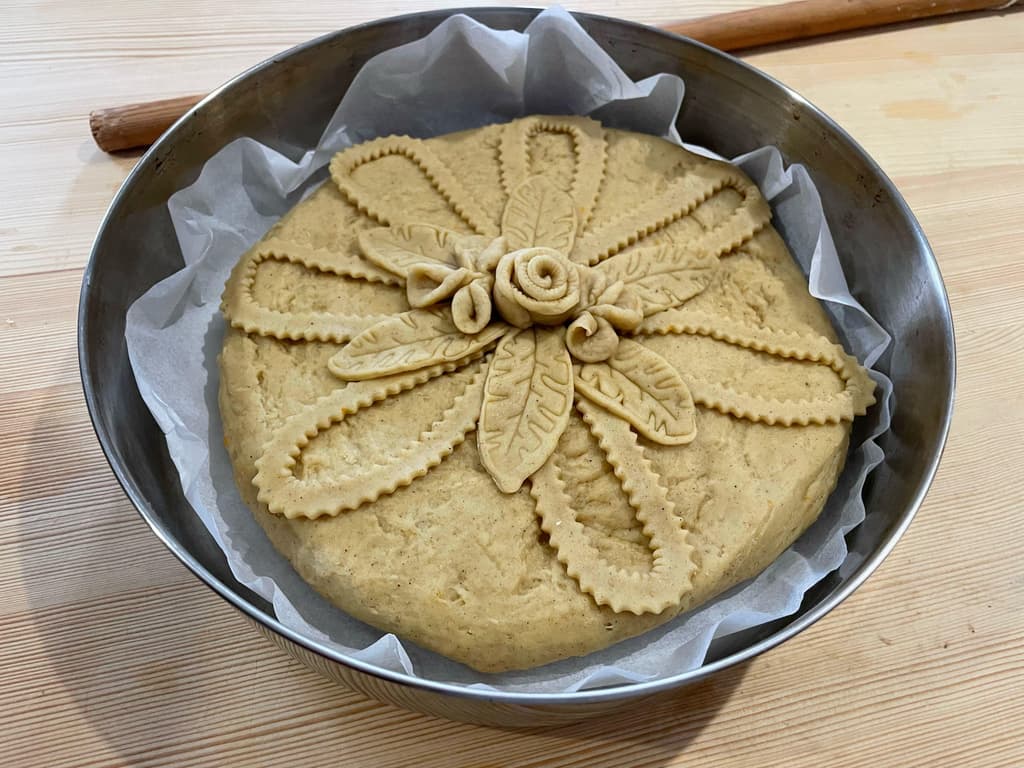
The Traditional 'Bread of the Year'
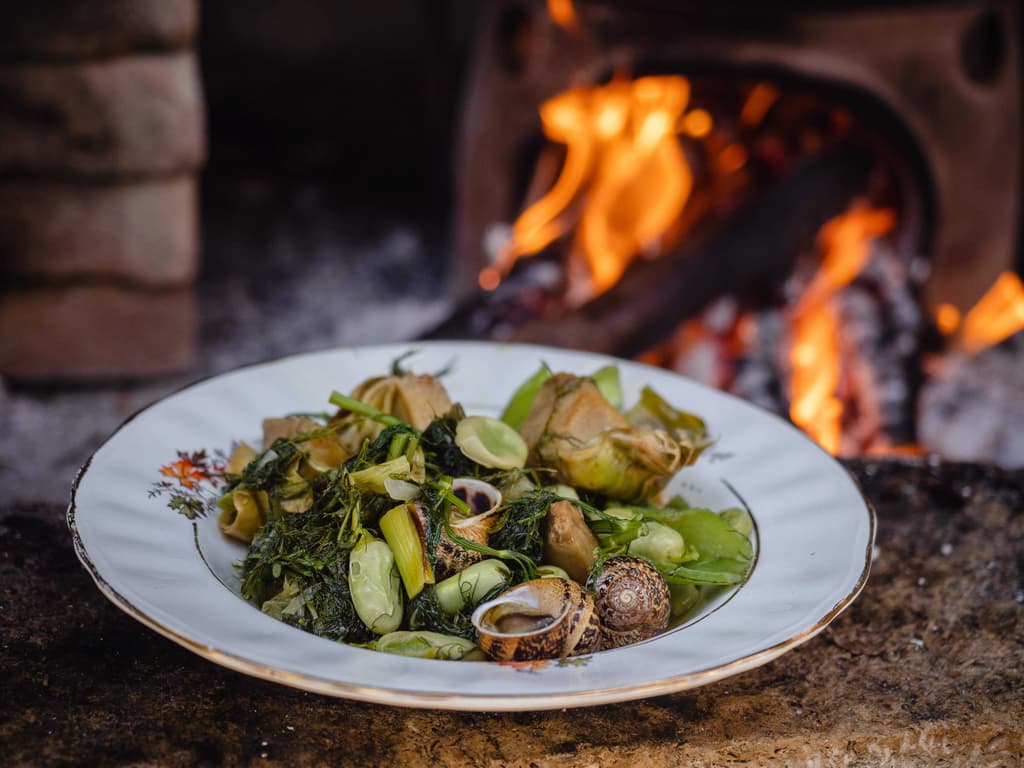
Snails with Broad Beans and Artichokes
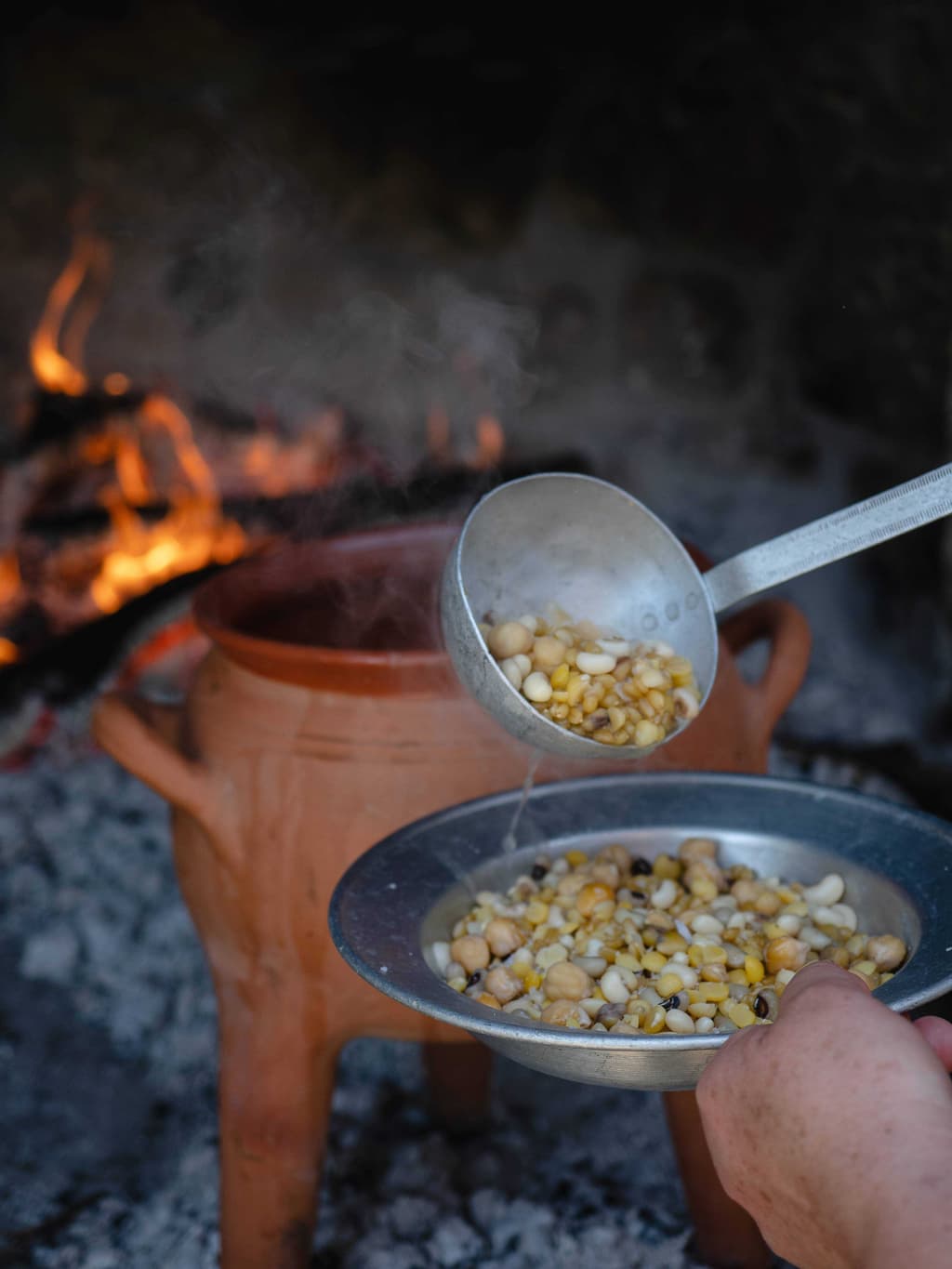
Cretan Ospriada or Palikaria (A Legume Dish)
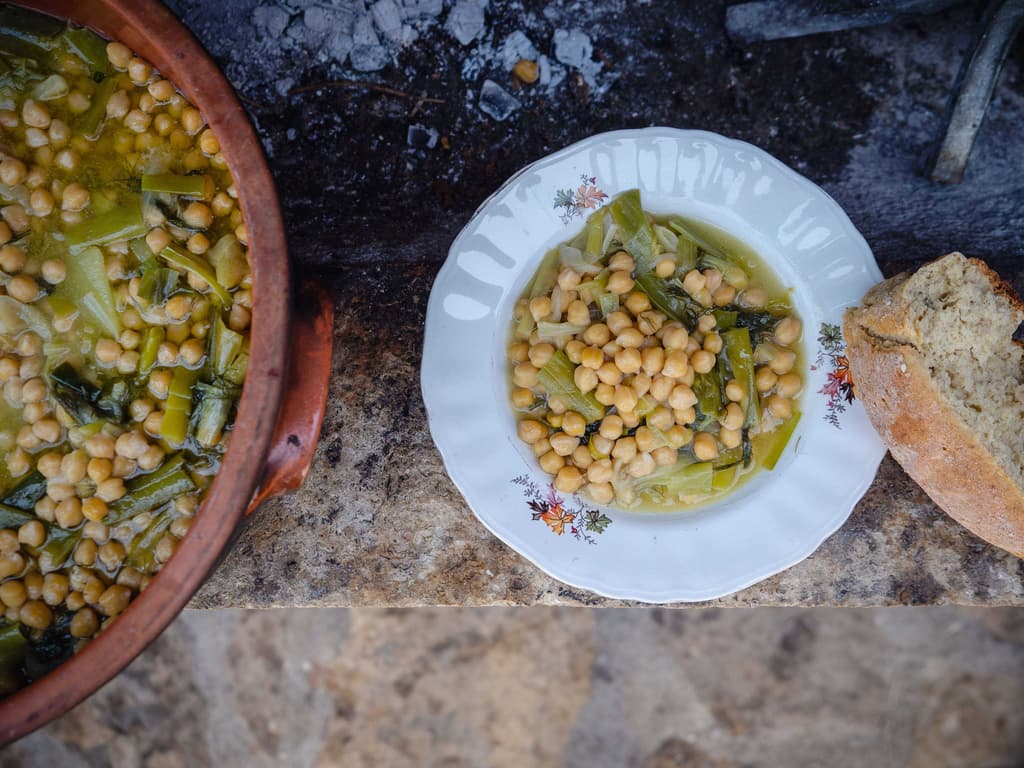
Chickpeas with Wild Leeks, Flour and Lemon Sauce
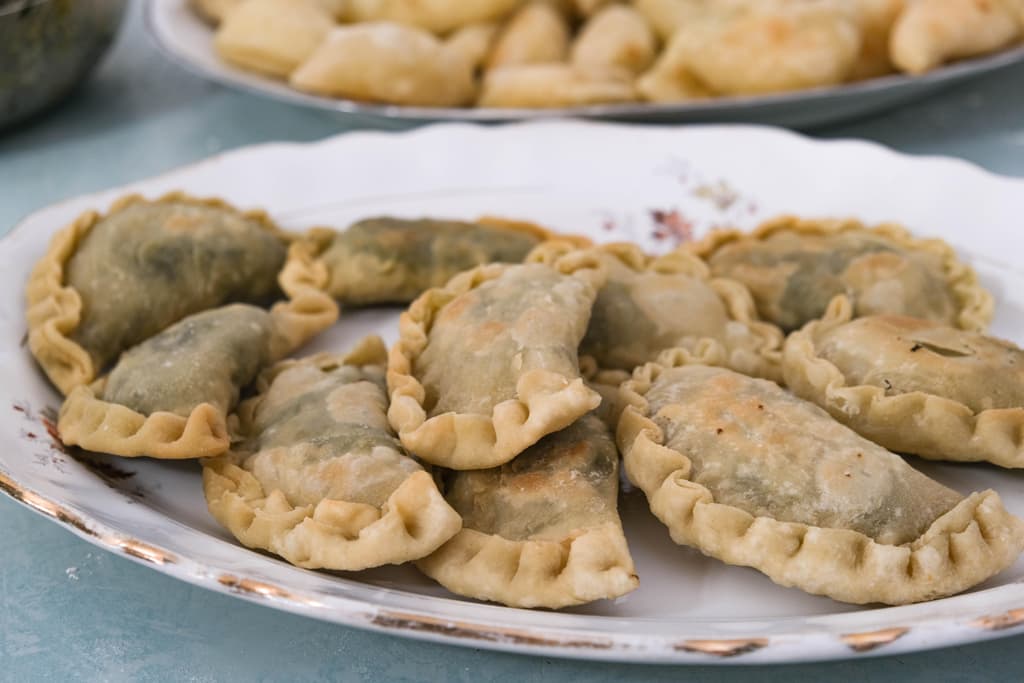
Pies with ‘Yachnera’ Greens
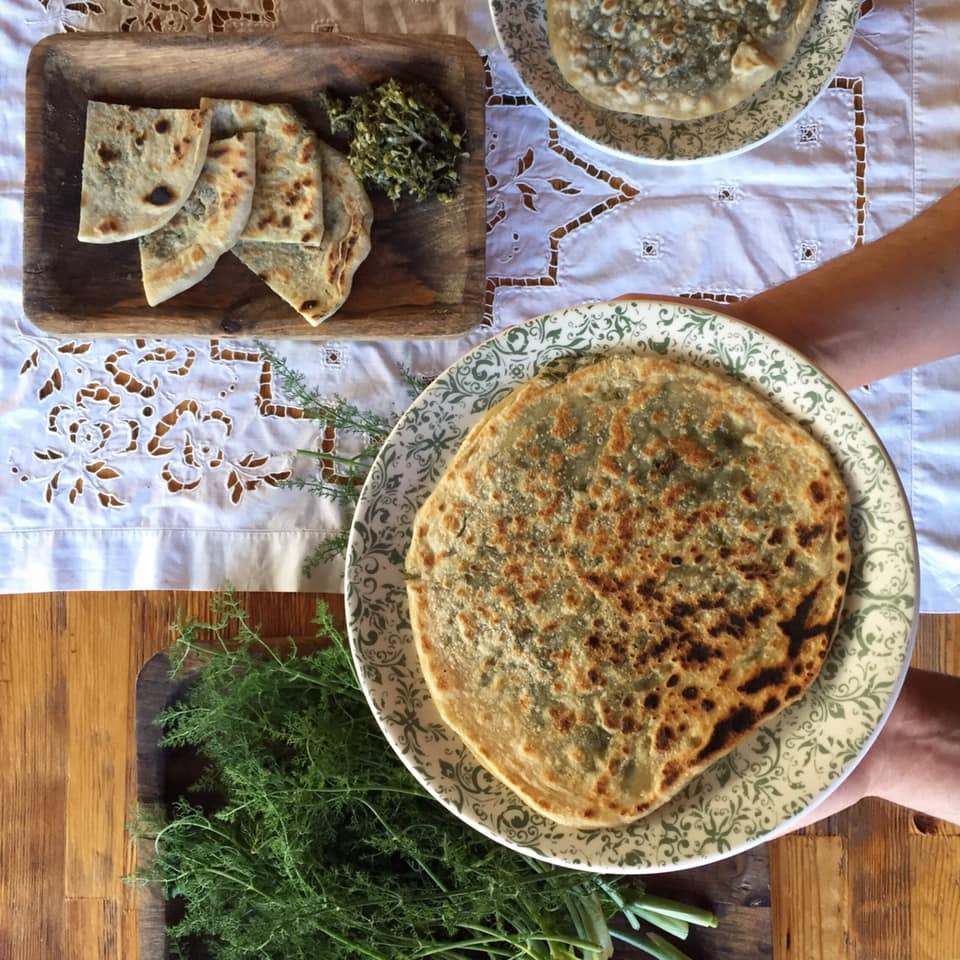
Fennel Pie

Sfakian Pie or Sfakianopita

Biscuits with Sesame Seeds

Sweet Rice Pie or 'Tzoulamas'
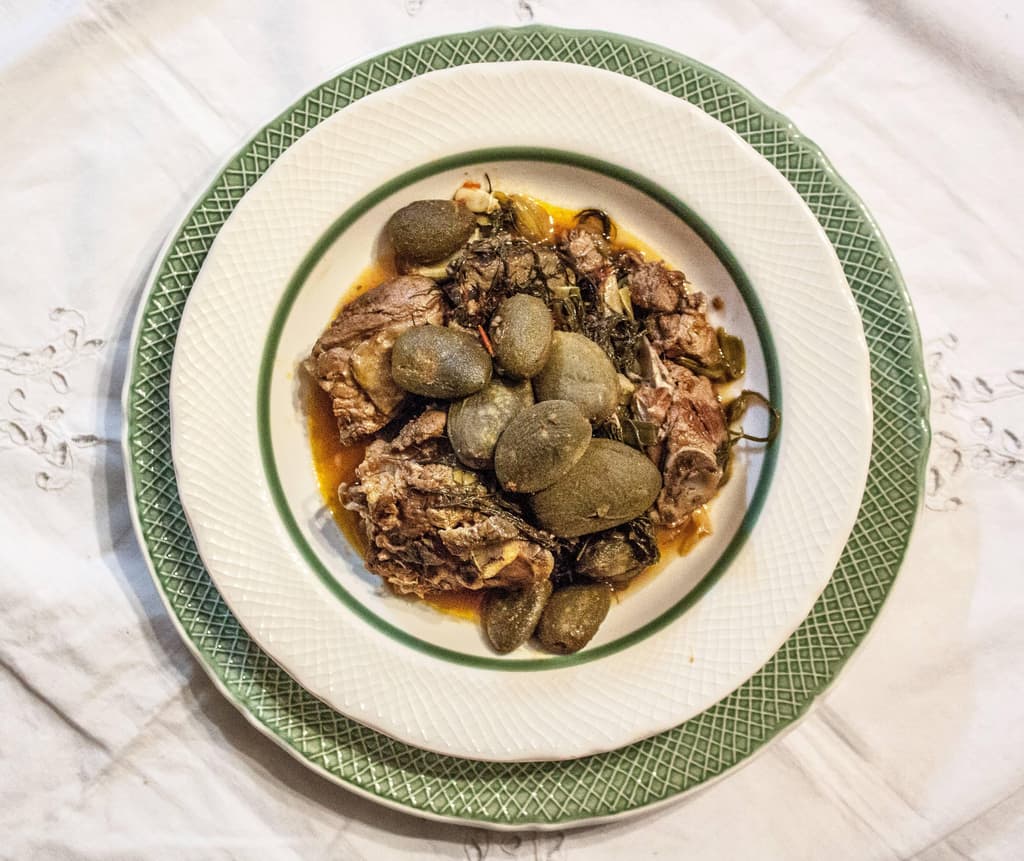
Almond-Infused Goat Dish with Fennel: A Fresh Delight

Lazarosavato
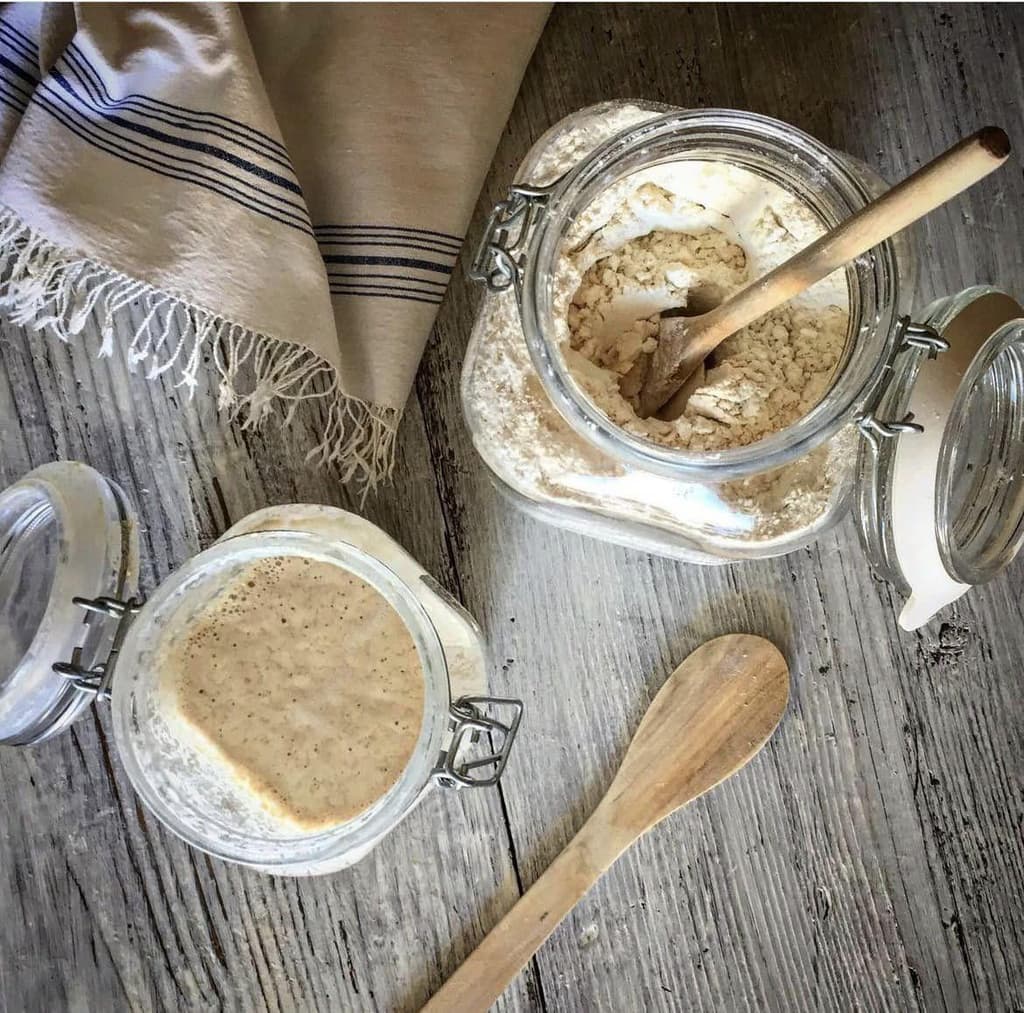
The Holy Week Sourdough
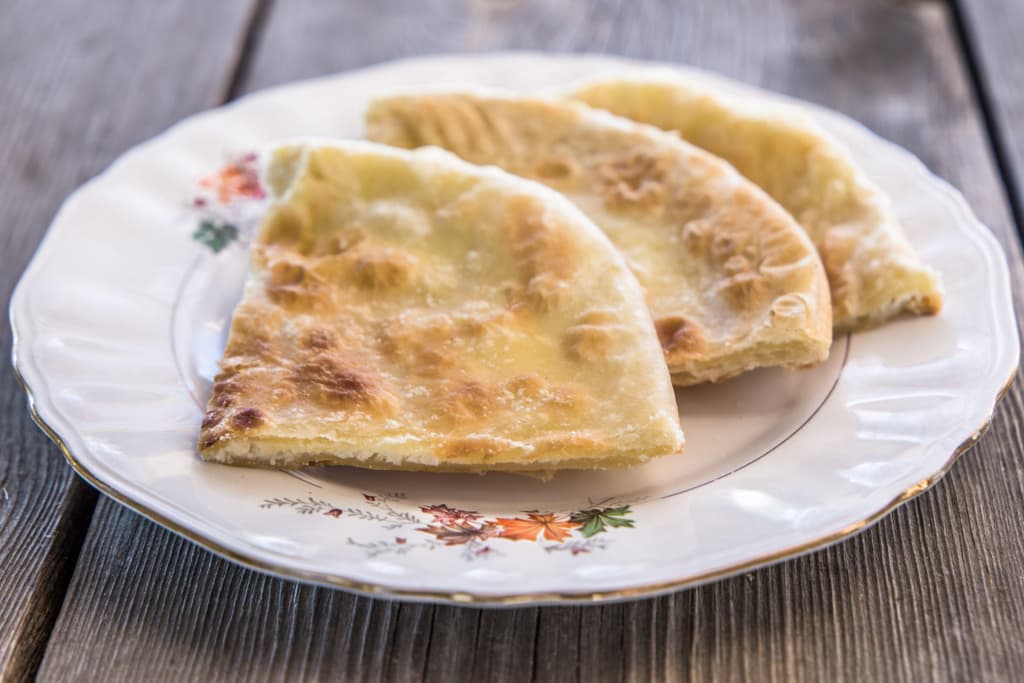
Nerati Mizithropita
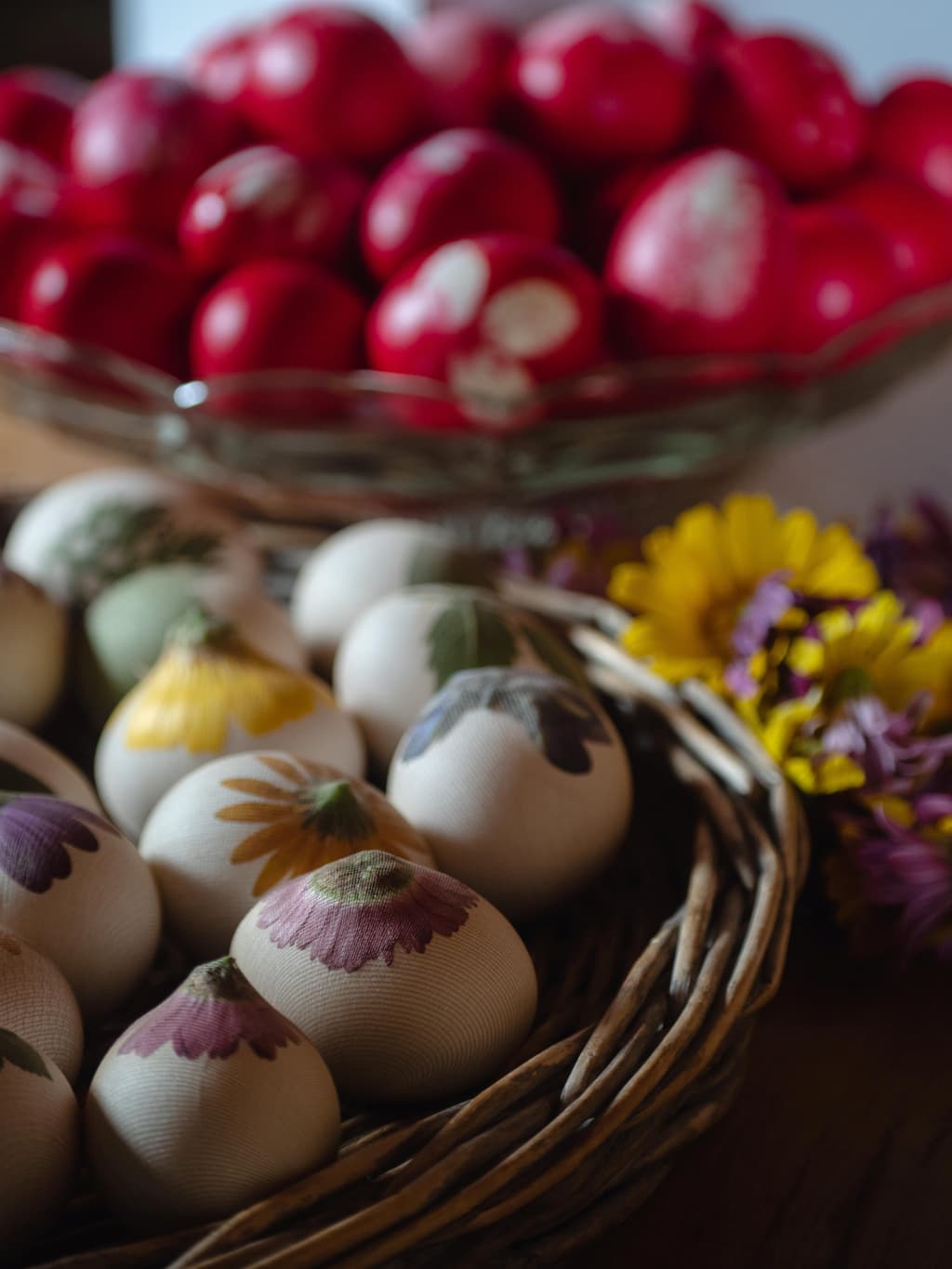
Easter Eggs
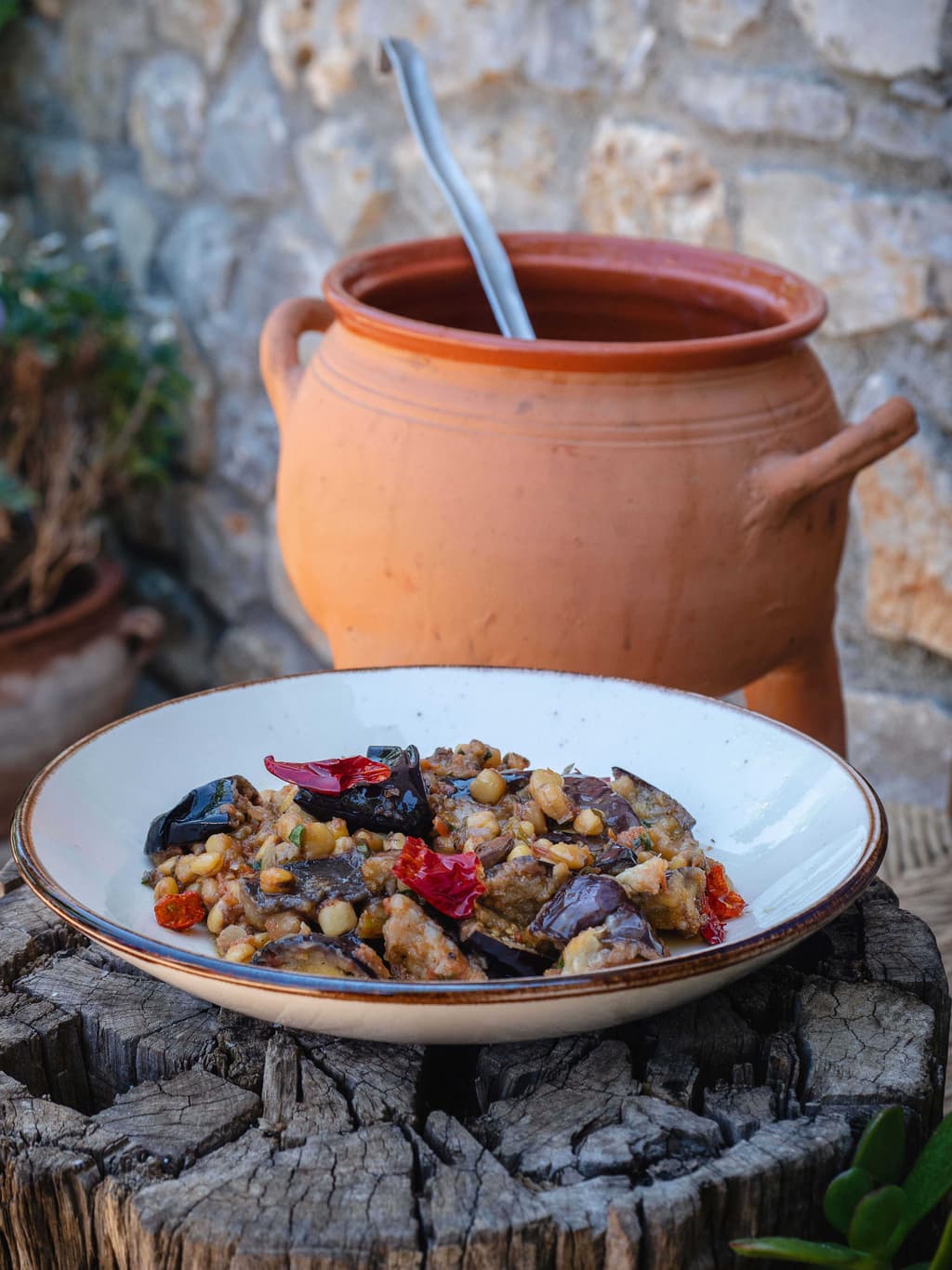
Kalikota
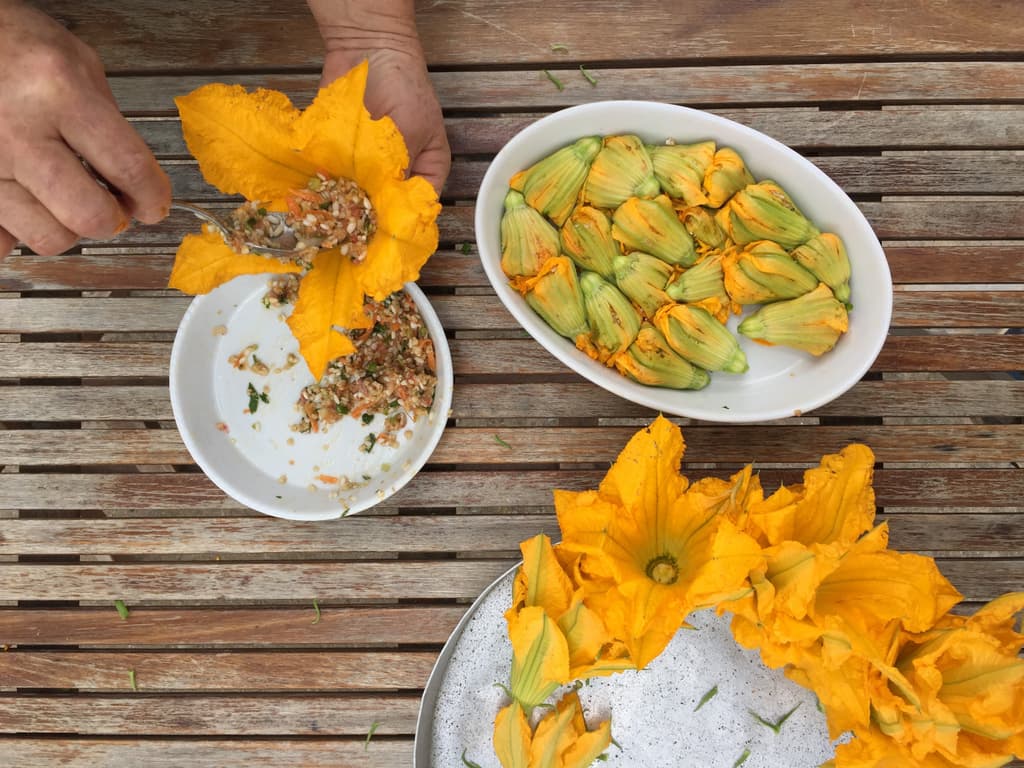
Stuffed Courgette Flowers
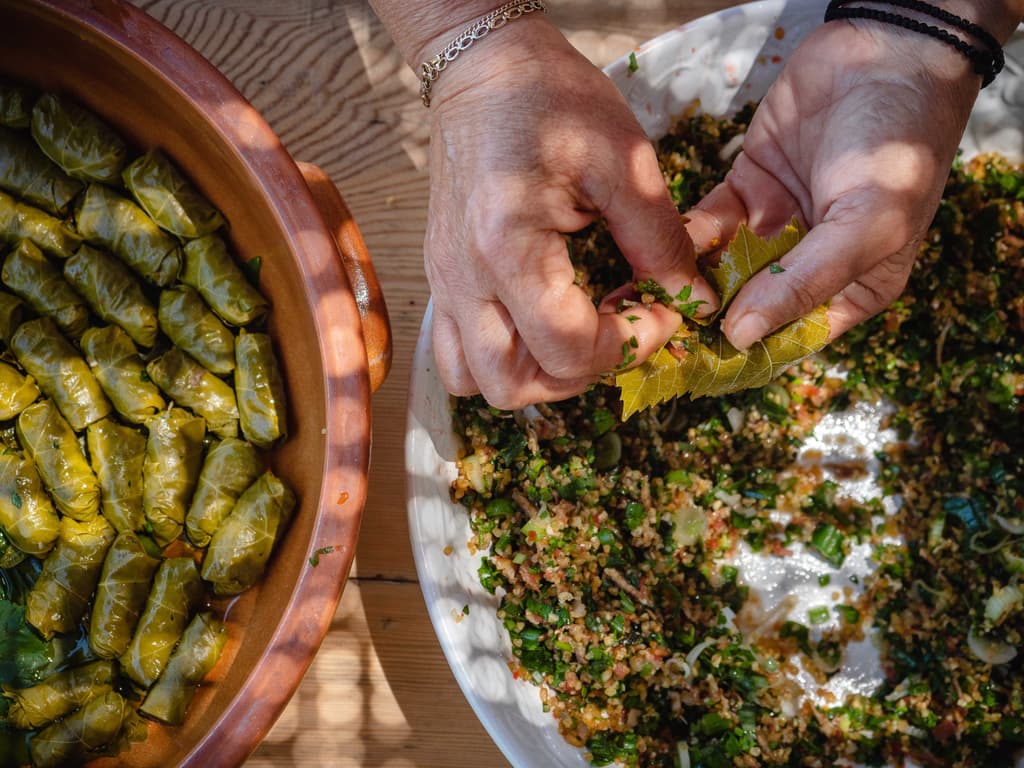
Stuffed Vine Leaves

Cracked Wheat and Snails
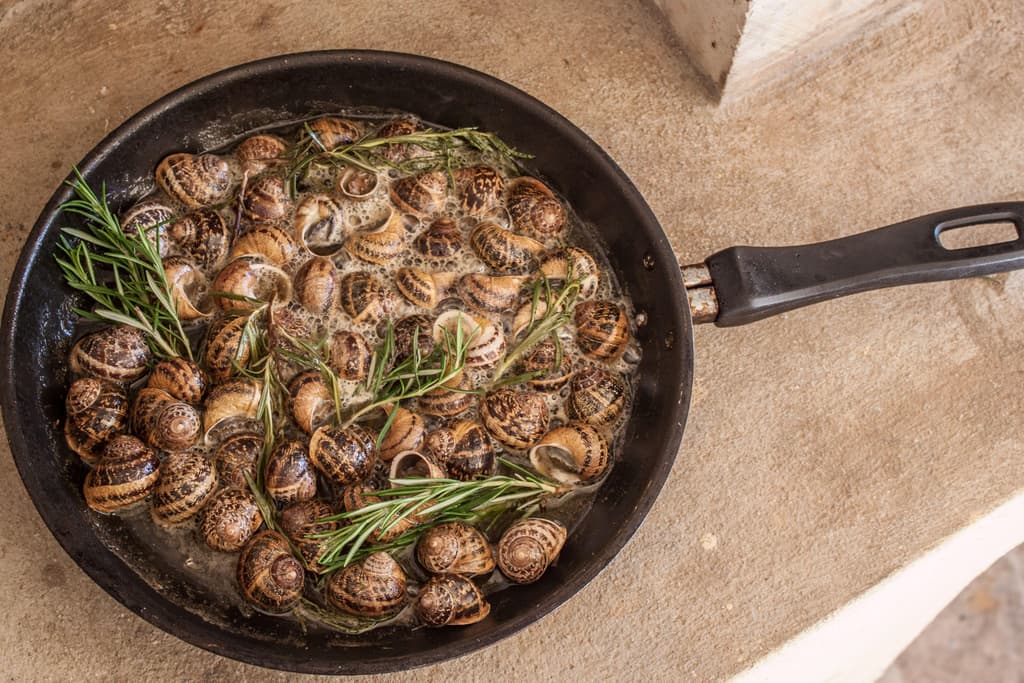
Chochli Boubouristi (Snails Face Down)
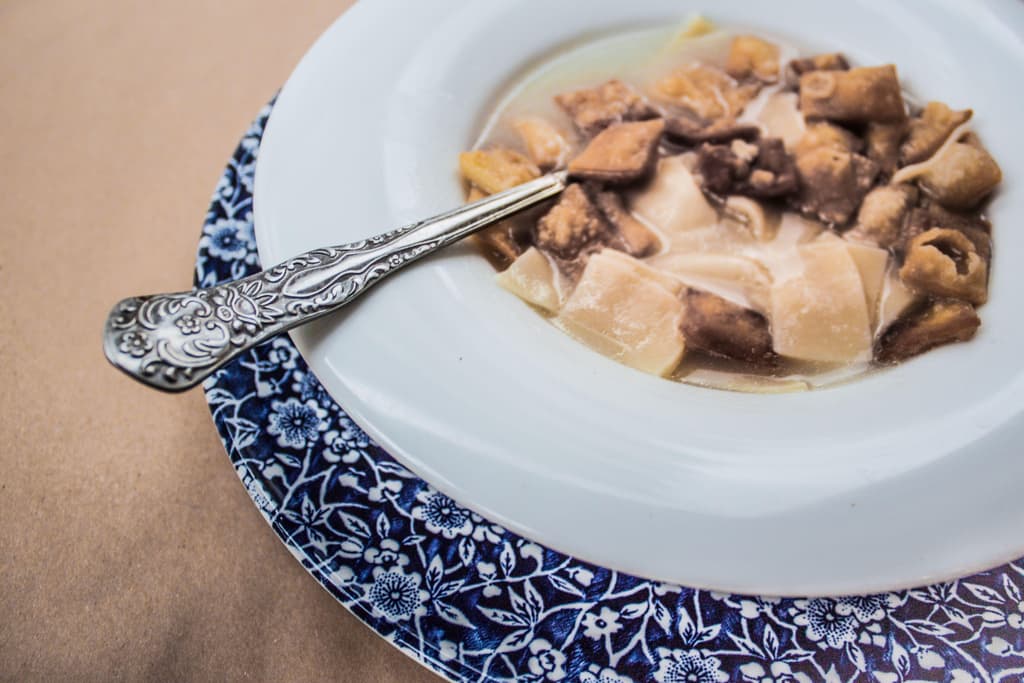
Mangiri
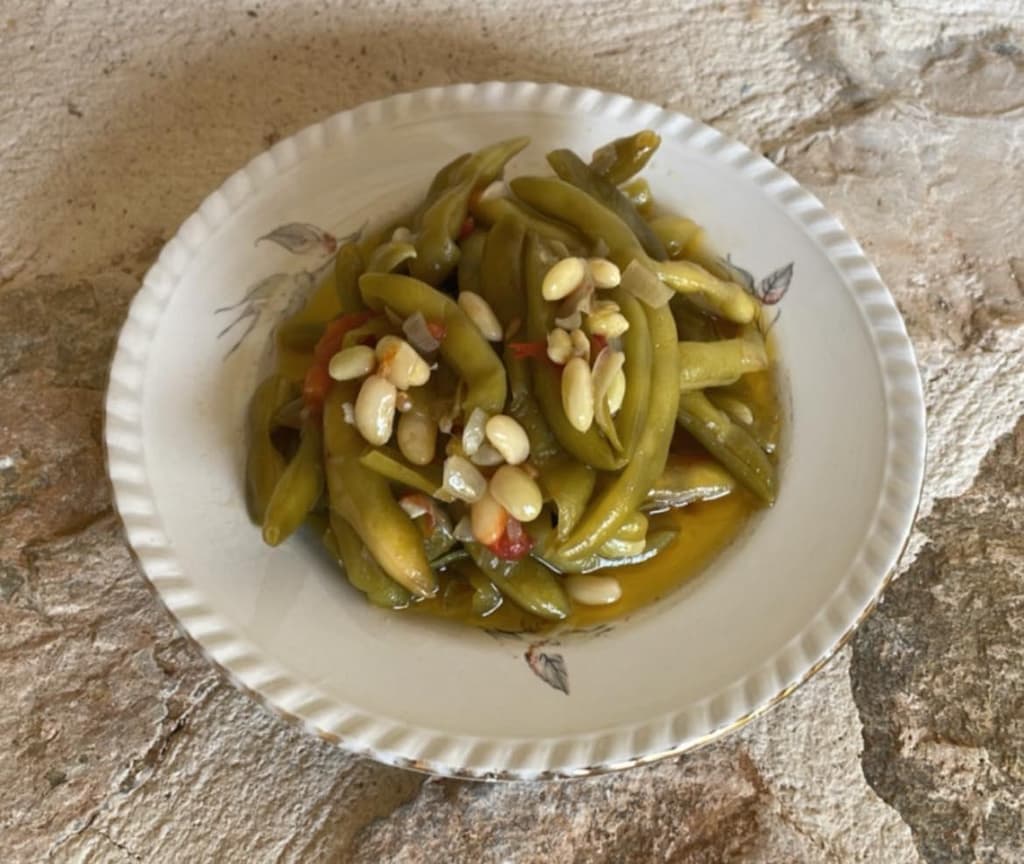
Symian Bean
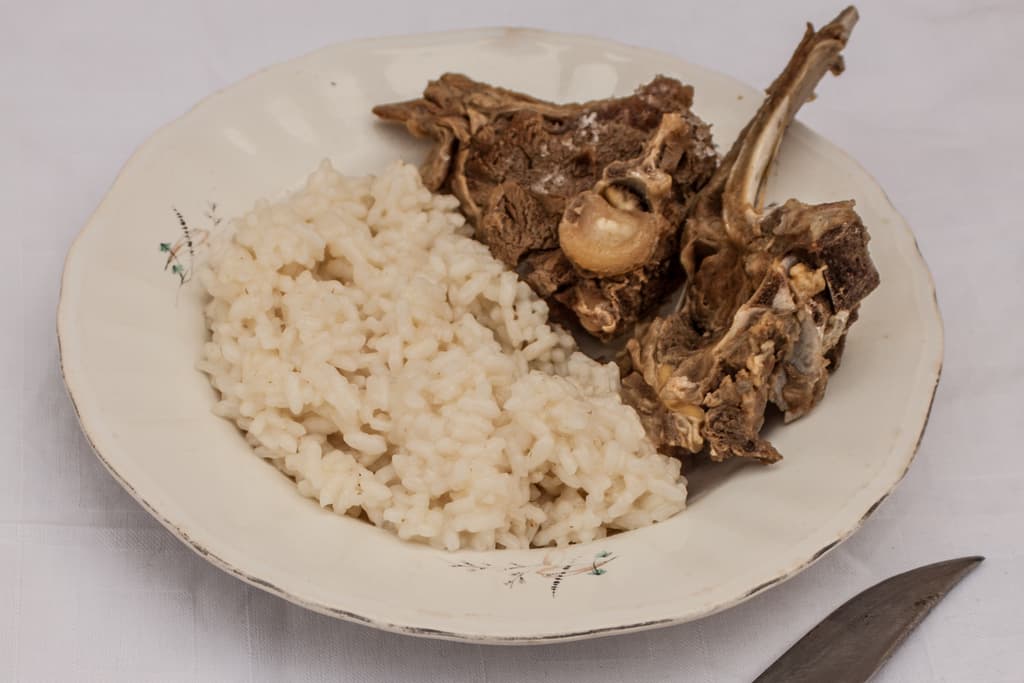
Cretan Pilaf

Rethymno Water Pies
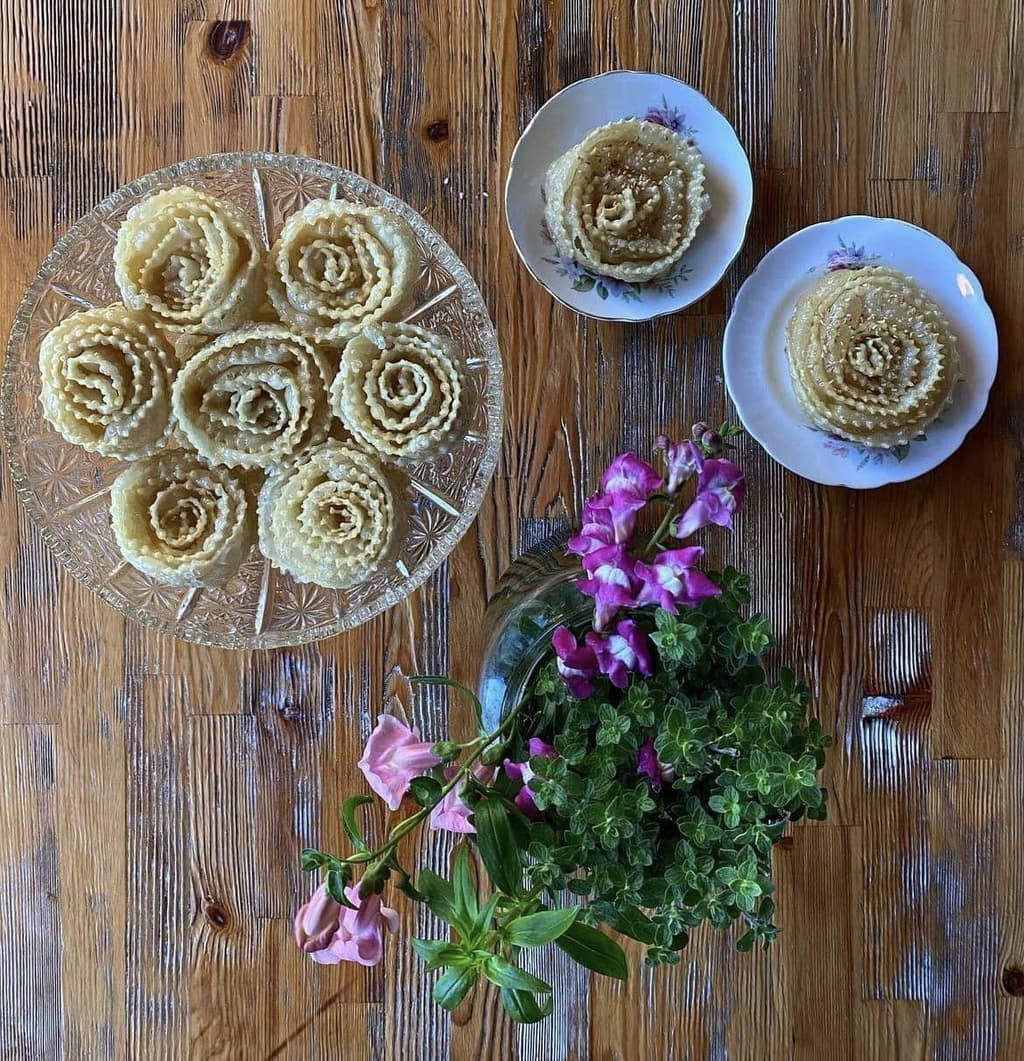
Xerotigana
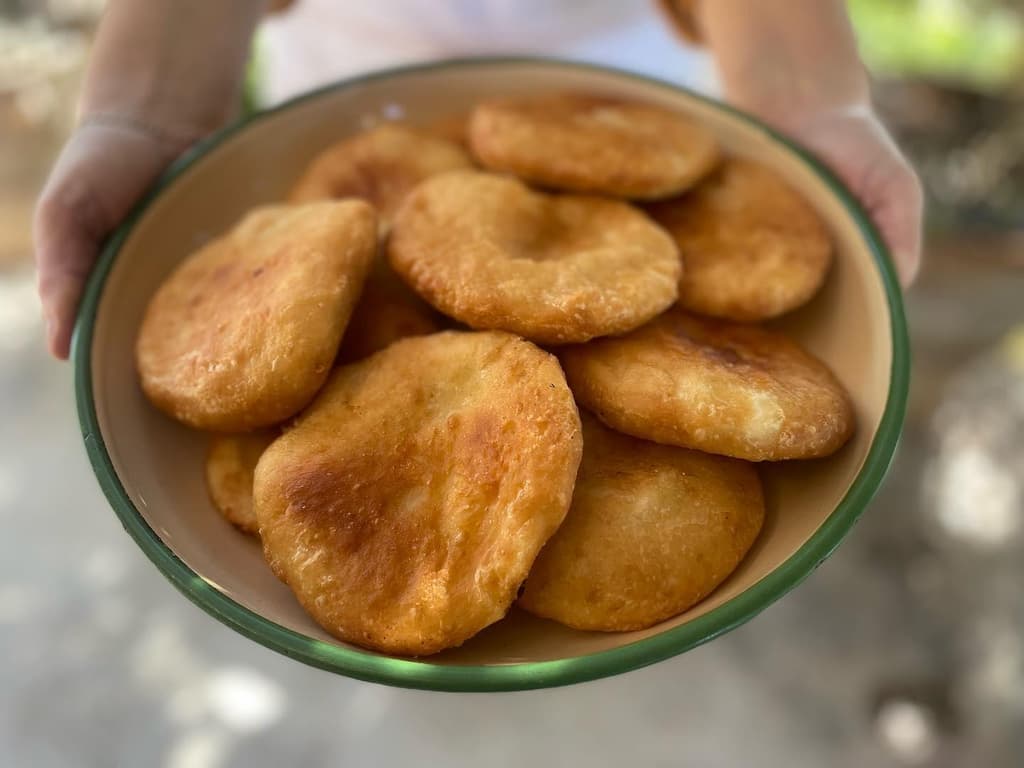
Agnopites
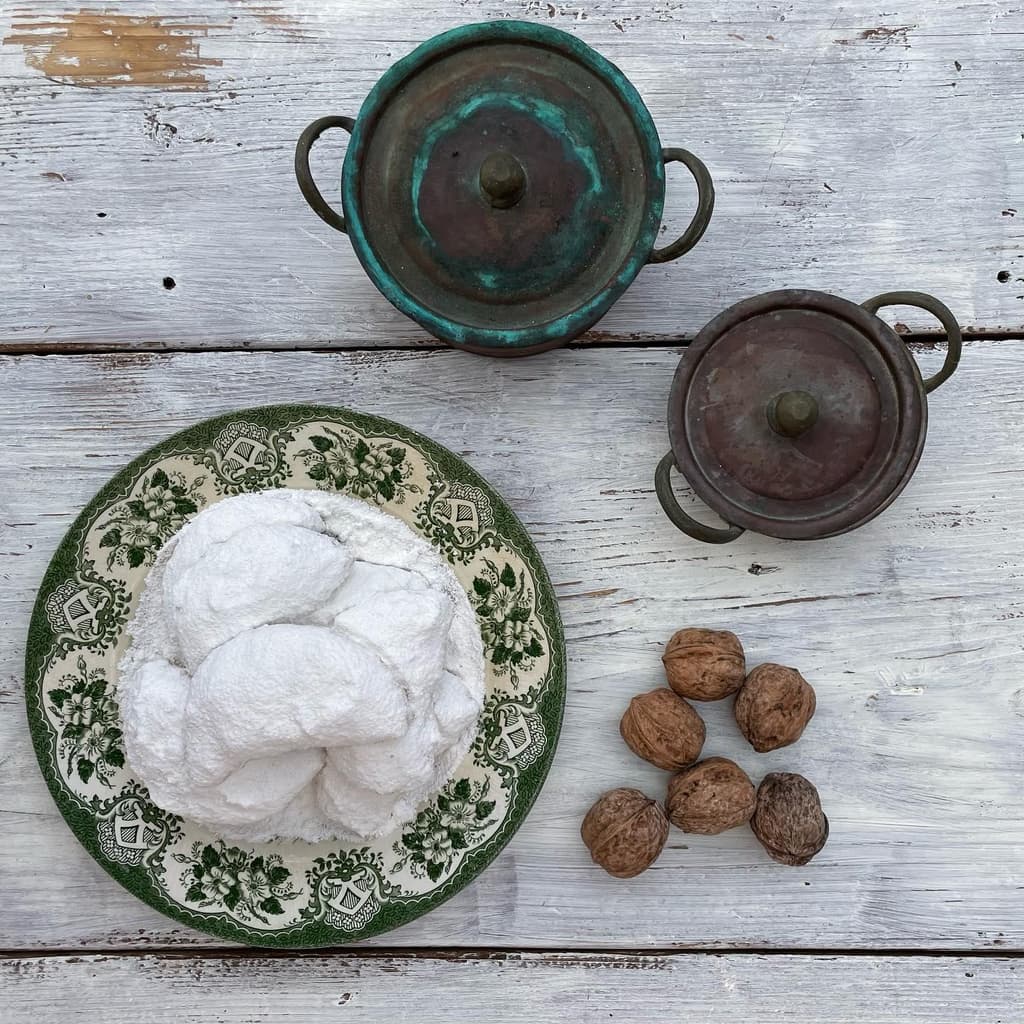
Patoudo

Safidota

Kakavia (Fish Soup)
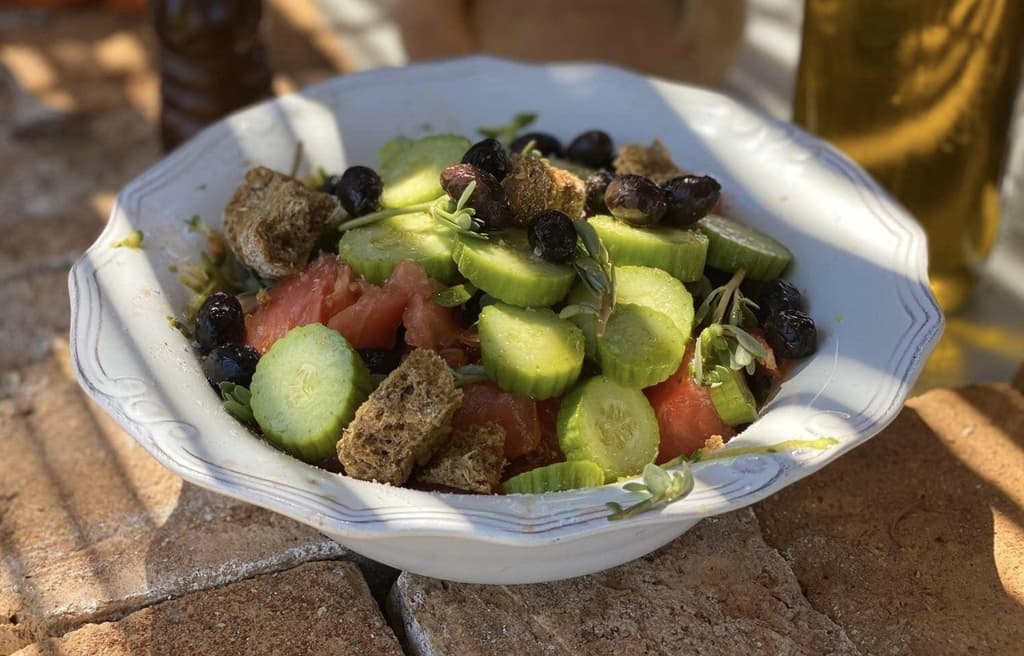
Cretan Greek salad
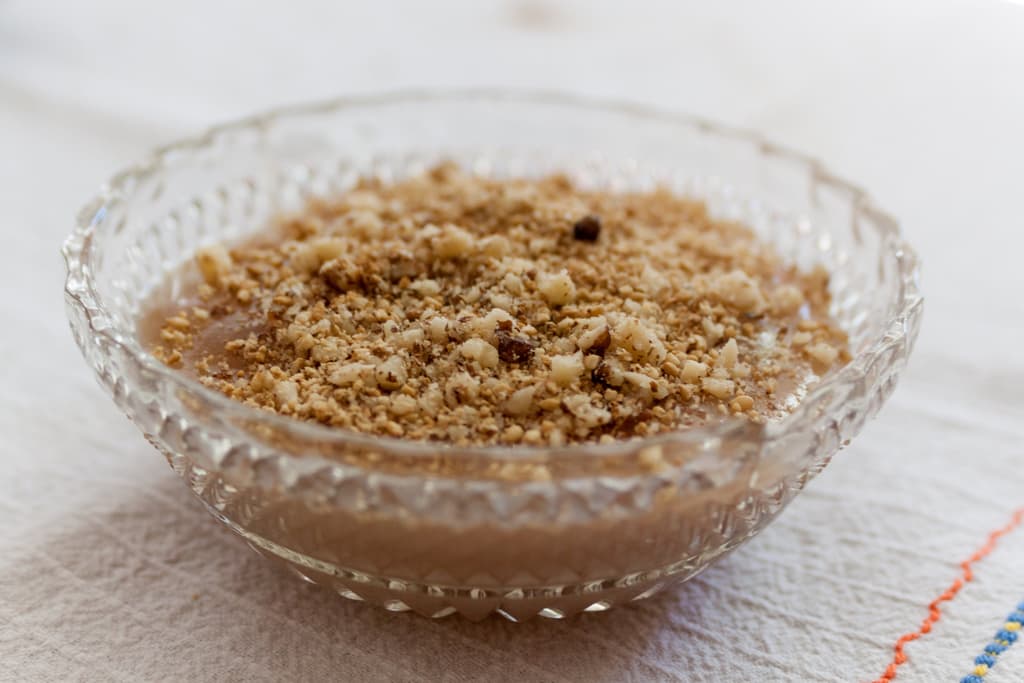
The Sweet Bounty of the Cretan Harvest
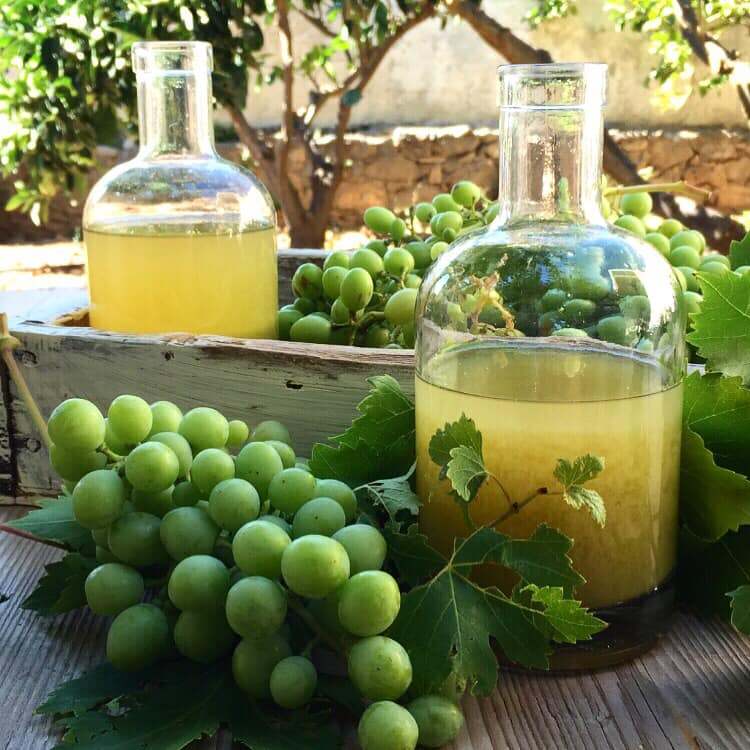
Okra and Unripe Grape
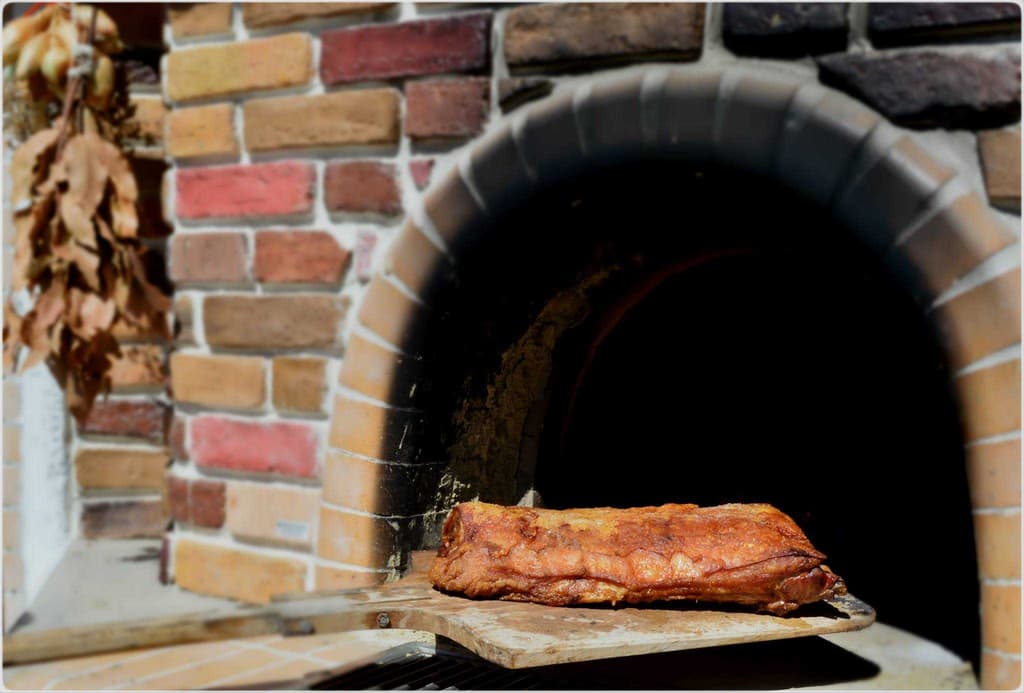
Kapriko
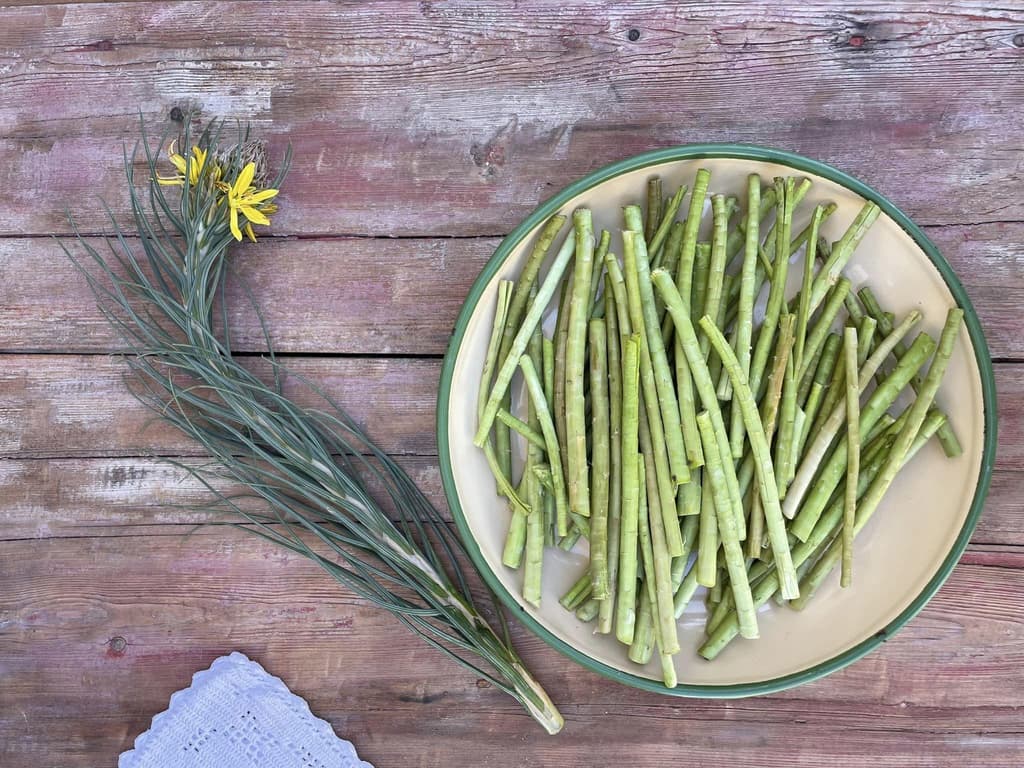
Discovering and Cooking Asphodelaceae: A Taste of Local Cuisine
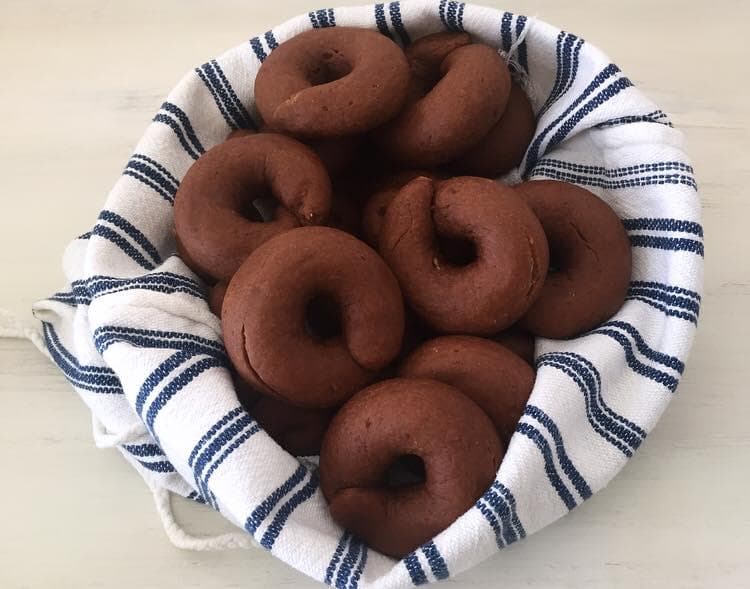
Moustokouloura
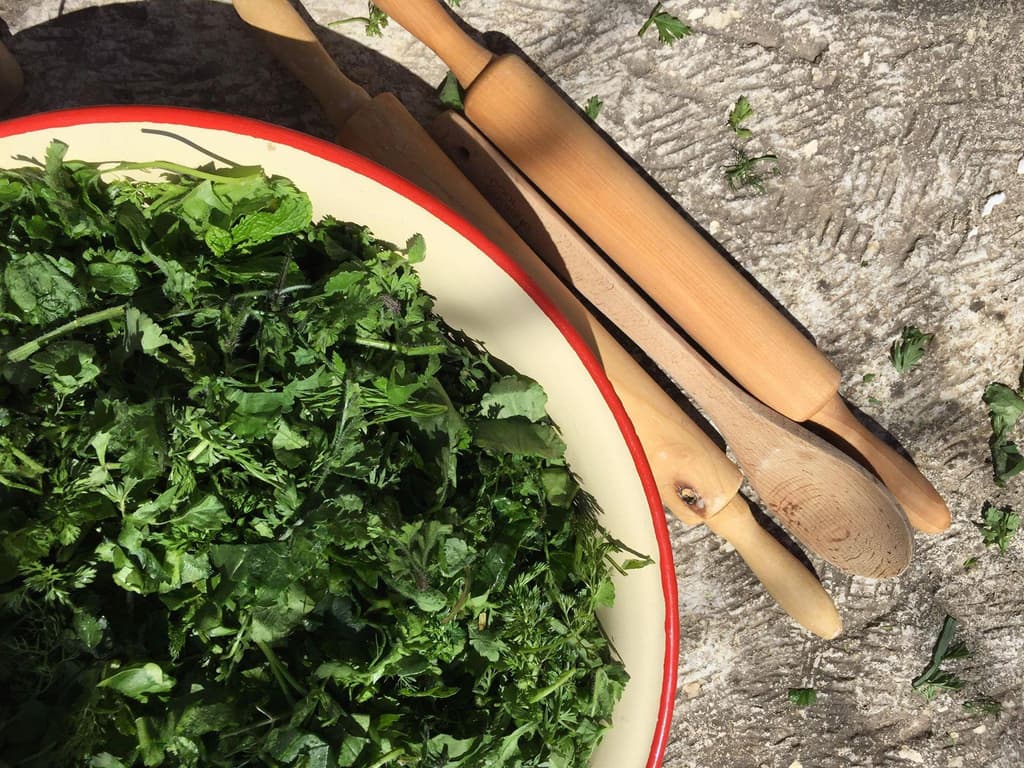
Pie with 'Yachnera' Greens: Baked to Perfection

Pumpkin Stifado
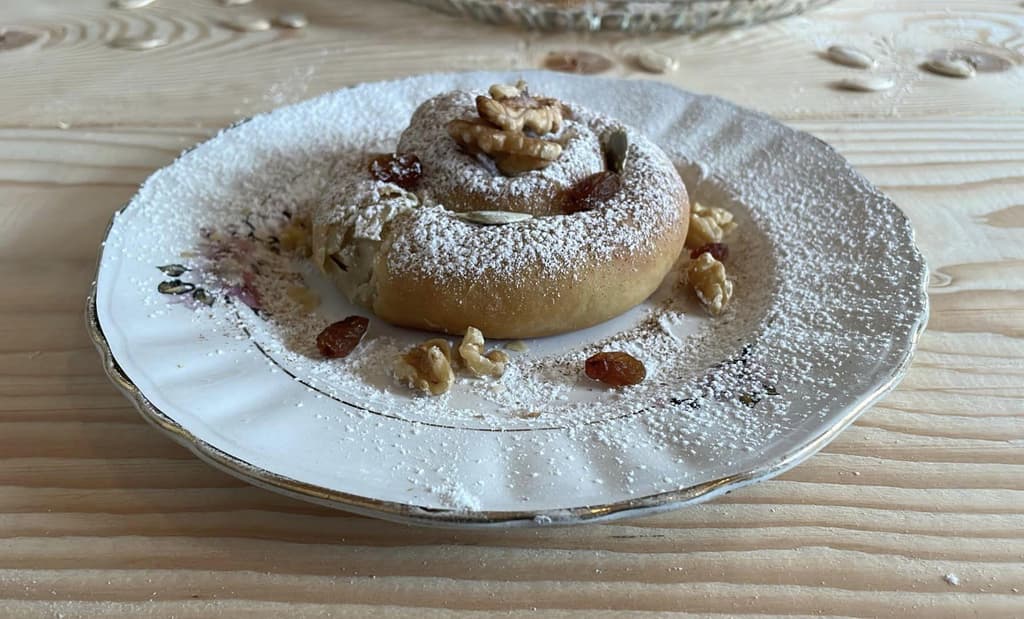
Sweet Pumpkin Pies with Raki Leaves (Oven)
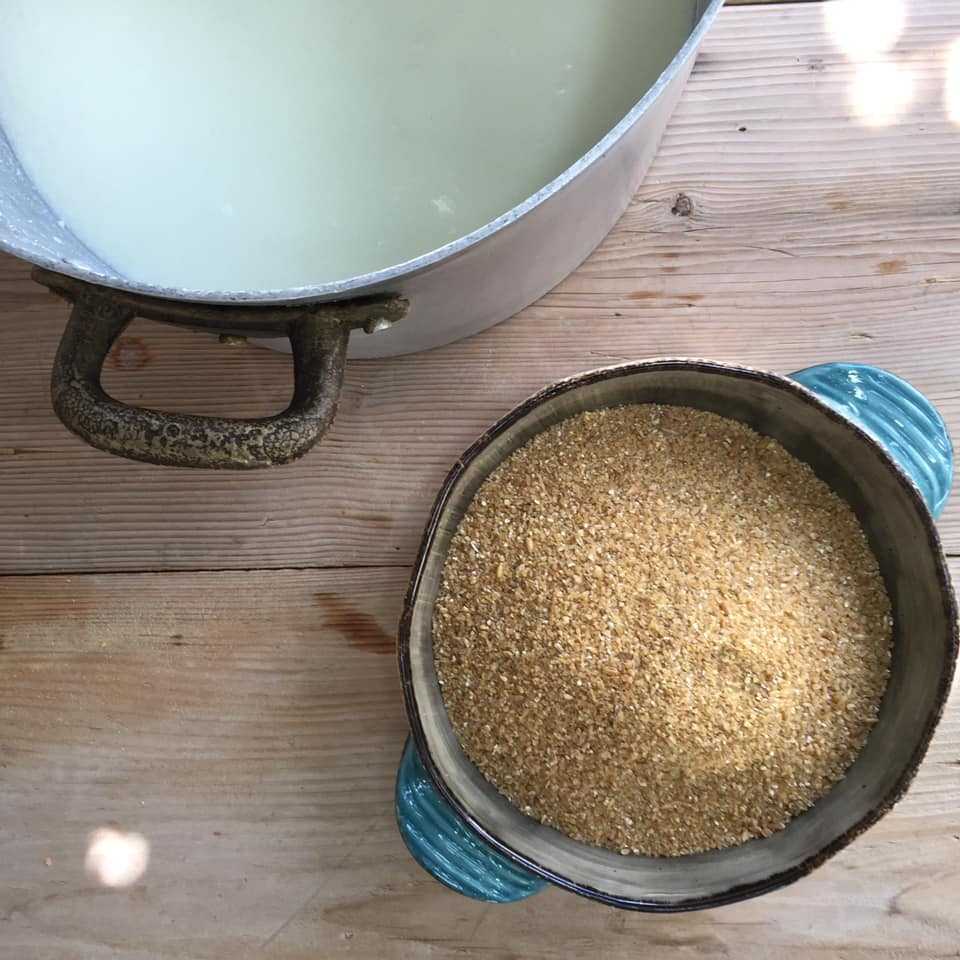
Xinochondros: Sour Bulgur Pasta
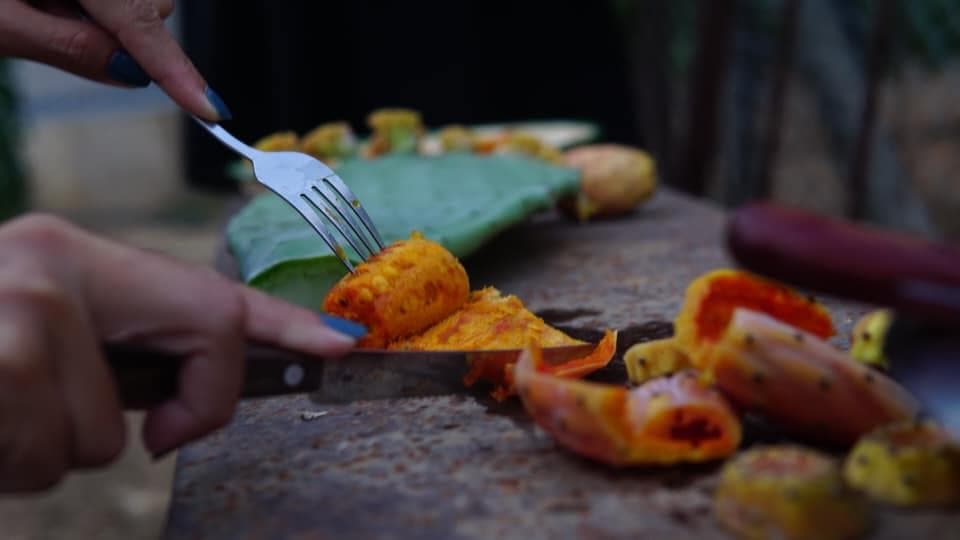
Prickly Pear or Indian Fig
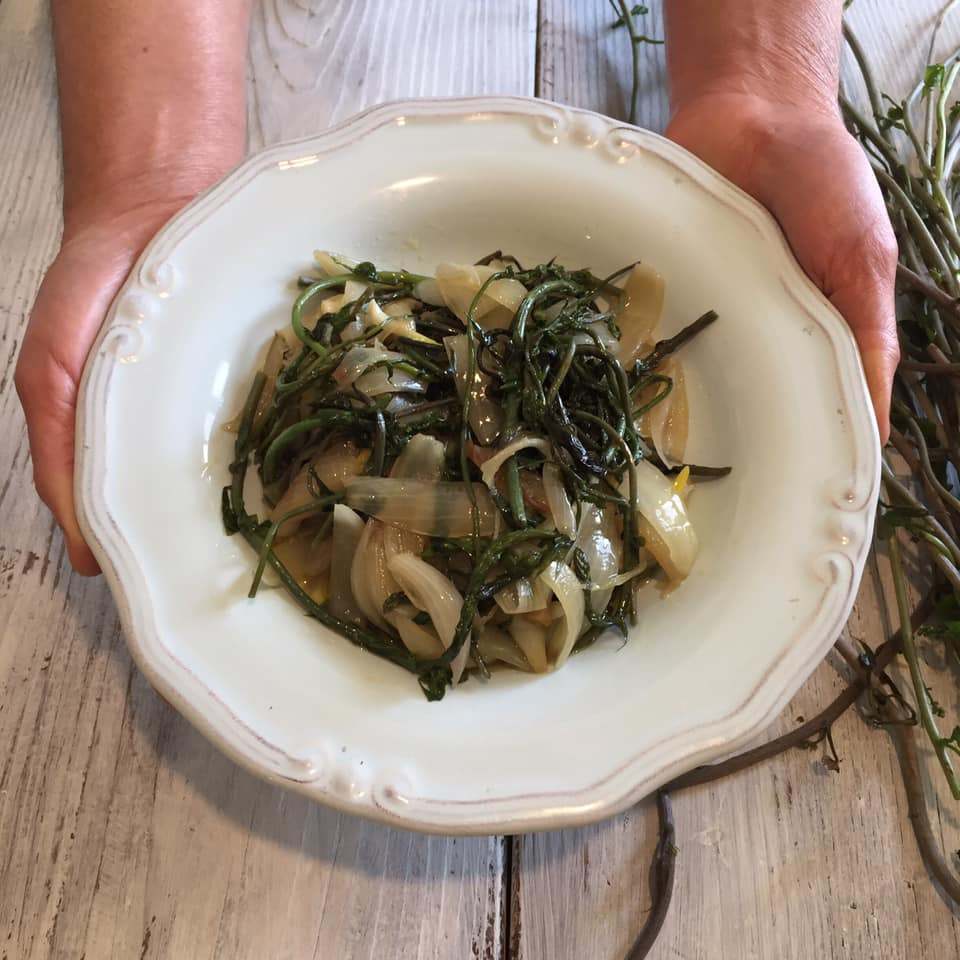
Black Bryony

Tahini Soup without Oil
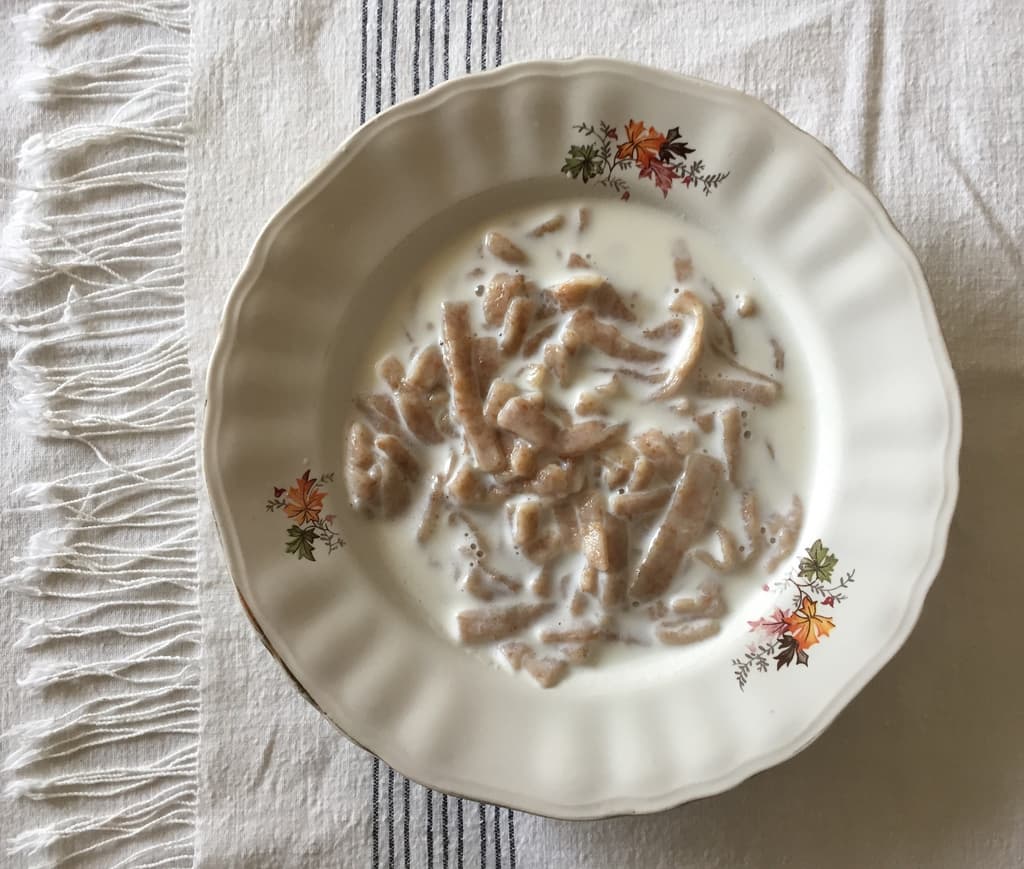
Chylofta with Milk
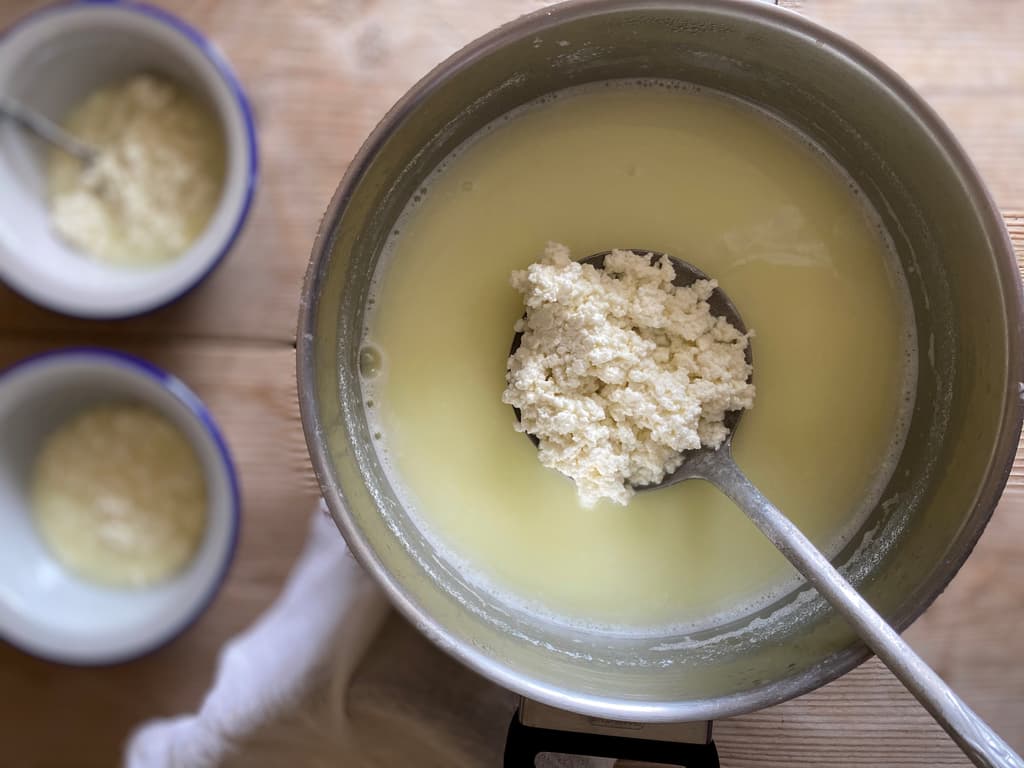
Tyrozouli or Cretan Home Cheese
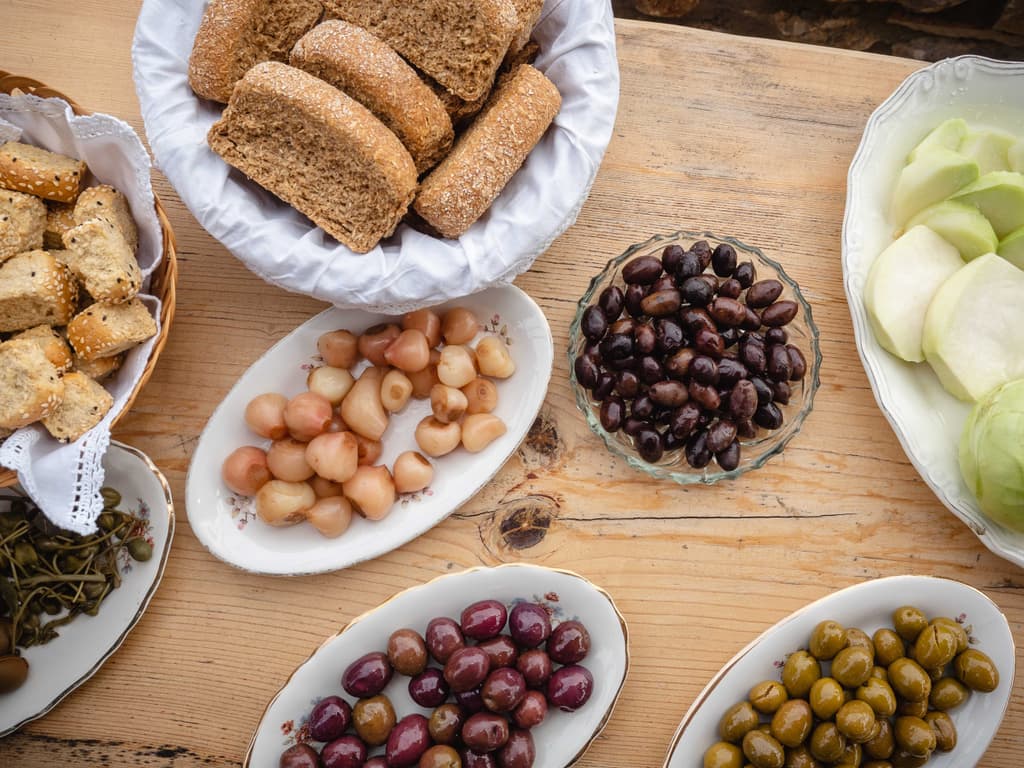
Pickled Tassel Hyacinth

Sourdough Dagoulakia
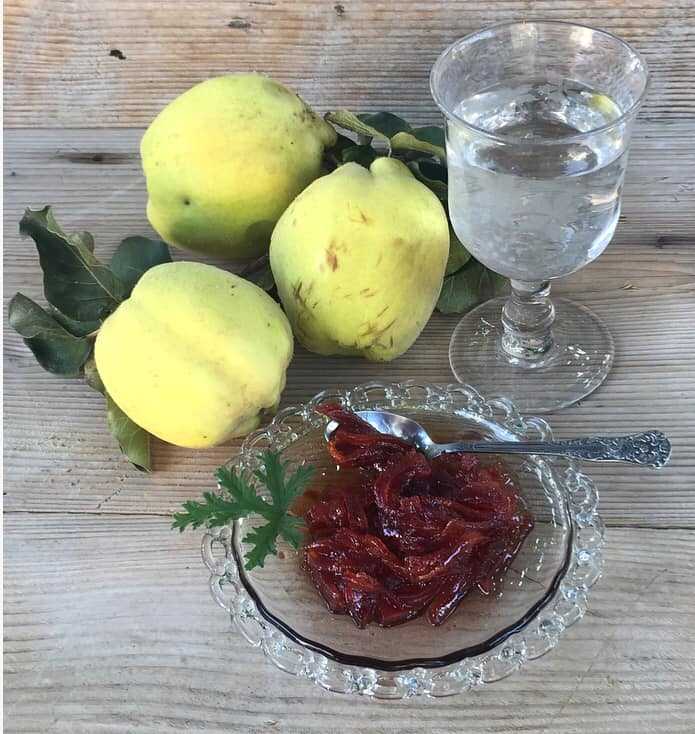
Quince Confection

Delicious Homemade Treat with Lemon Blossoms
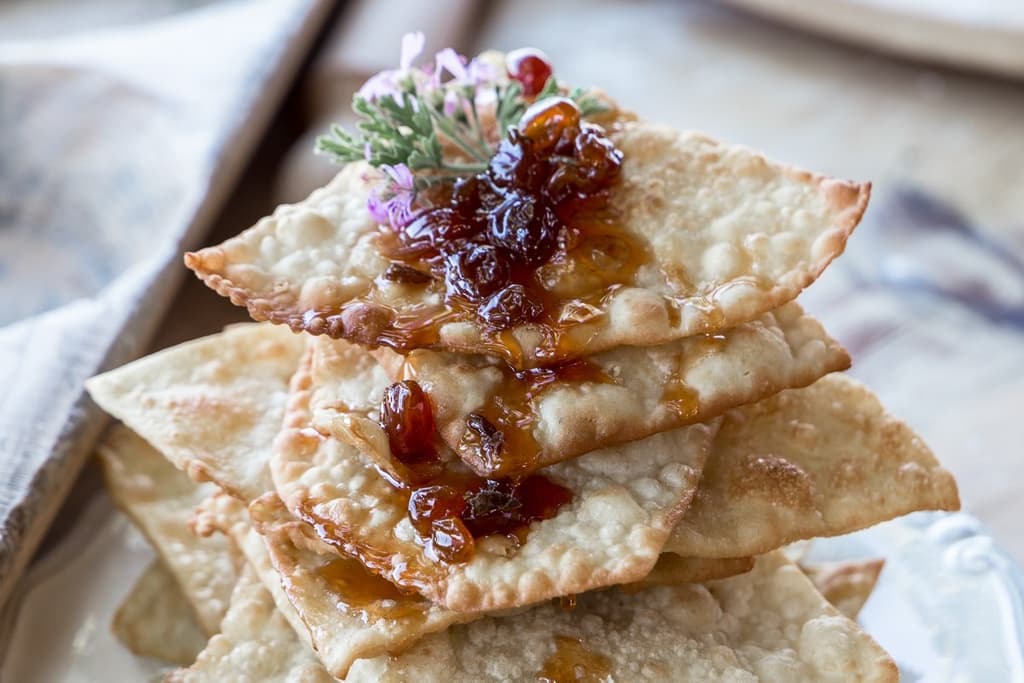
Tiganopites: Greek Fried Pies

Dietary Practices in 17th Century Crete
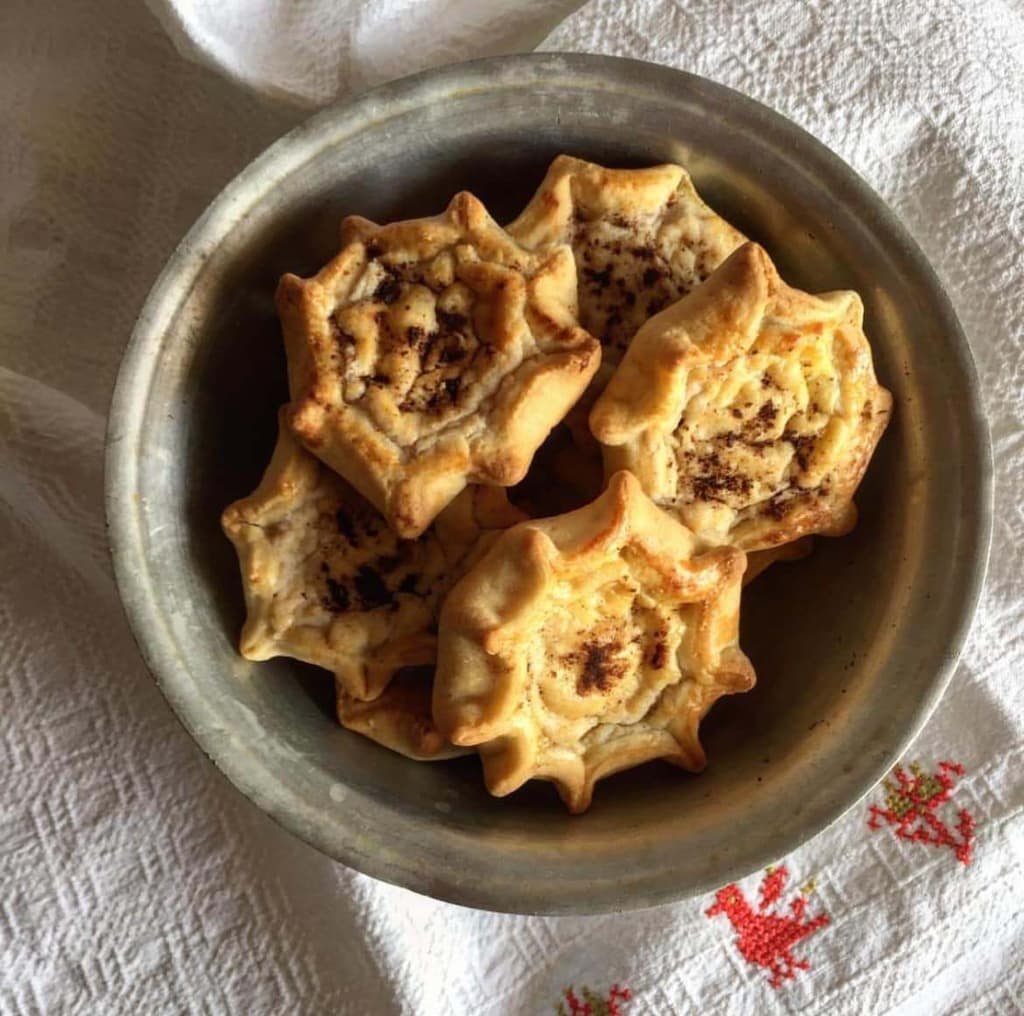
Lychnarakia

Lazarakia

Kalitsounia from Chania
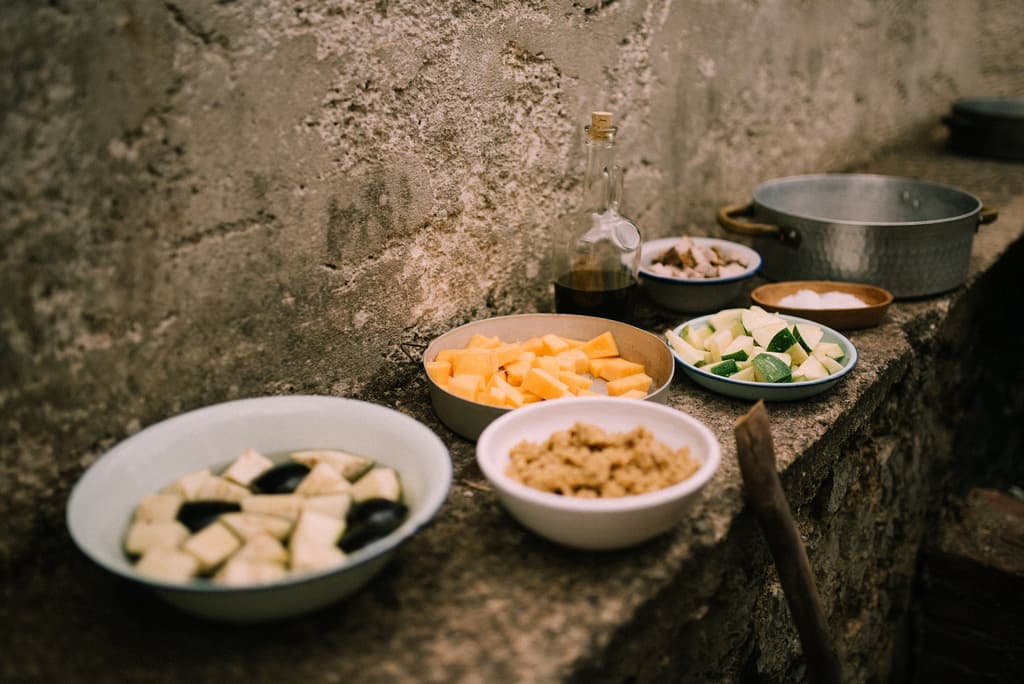
Apaki with Xinohondros and Vegetables
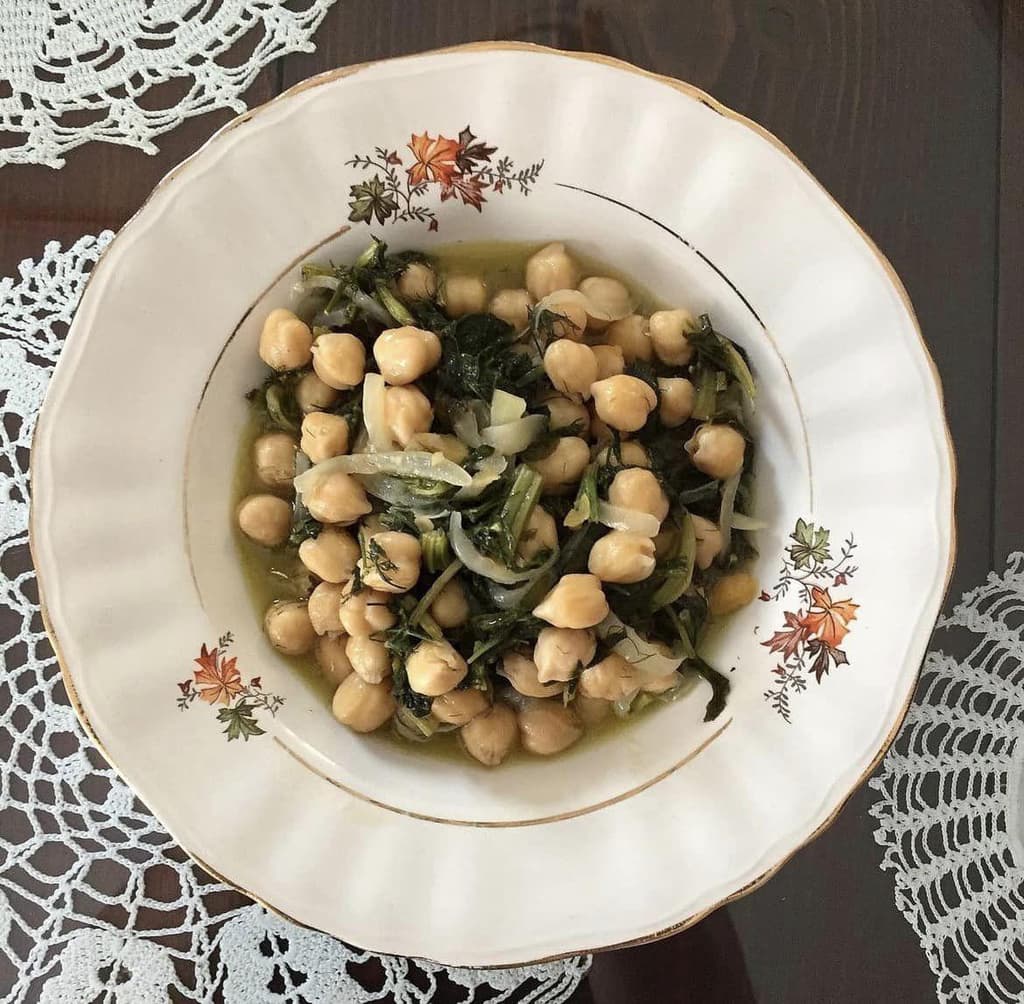
Chickpeas with Yachnera: A Delightful Dish
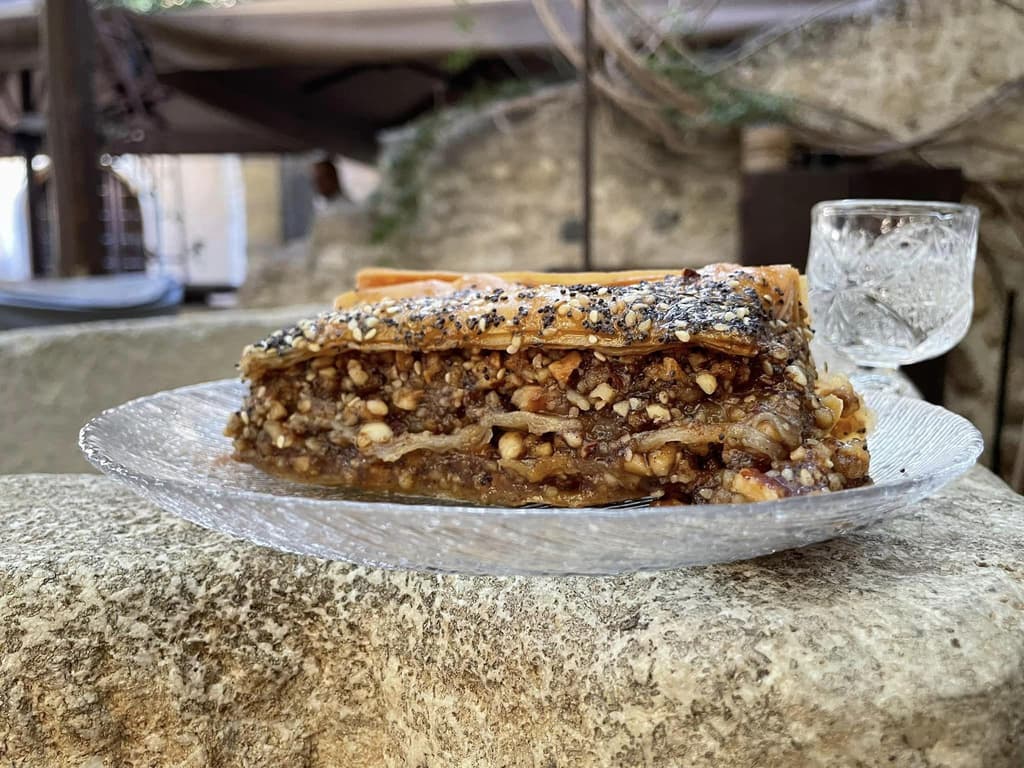
Gastrin
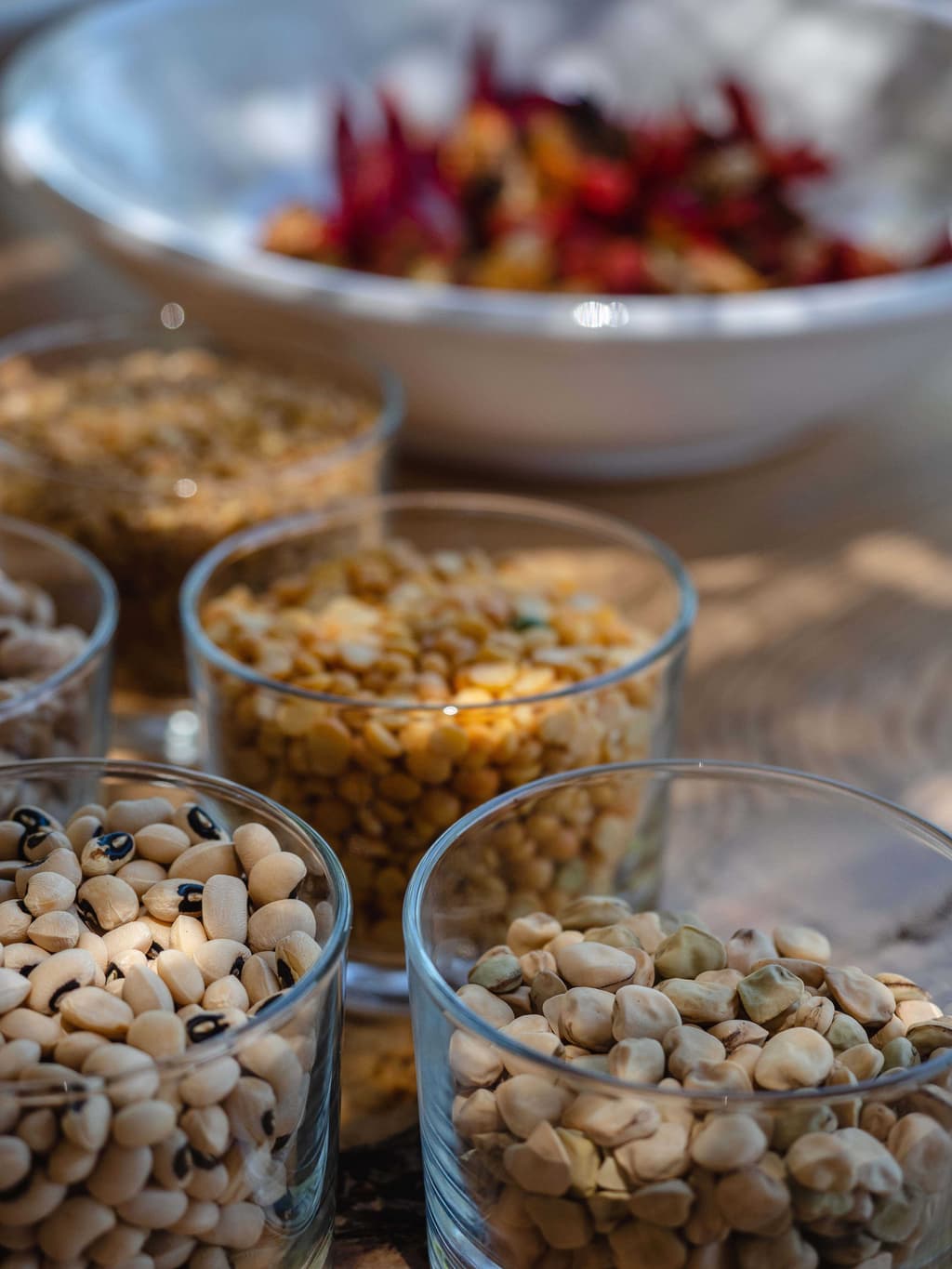
Fotokollyva
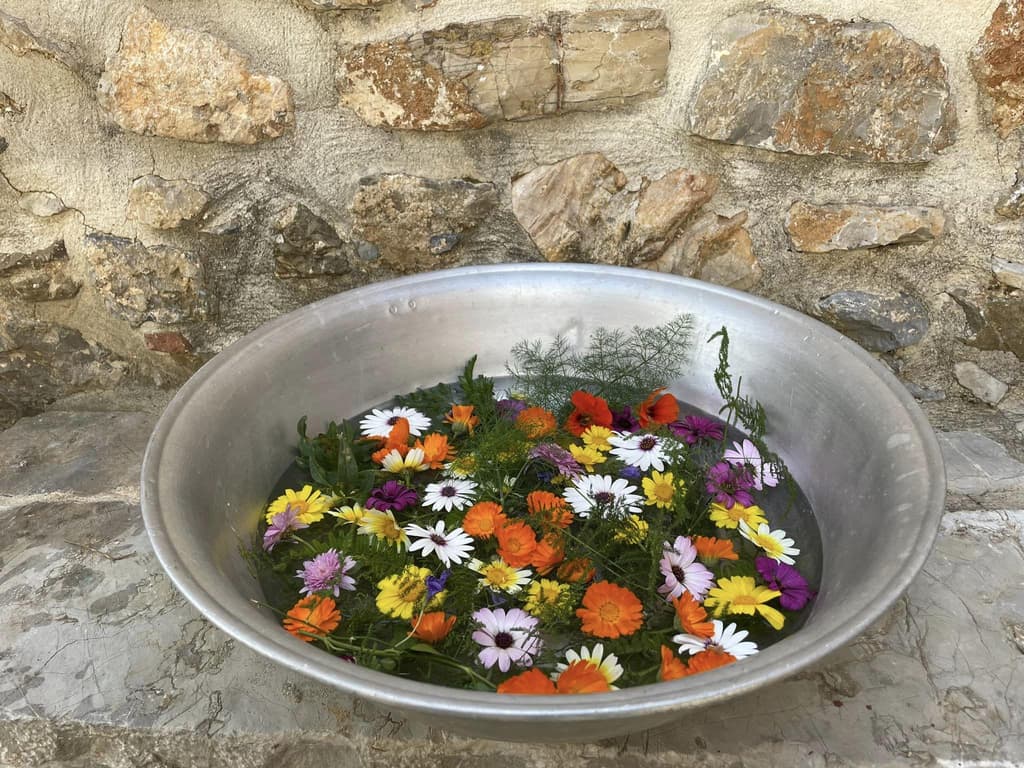
Dyeing Easter Eggs with Madder Root and Flower Blossoms
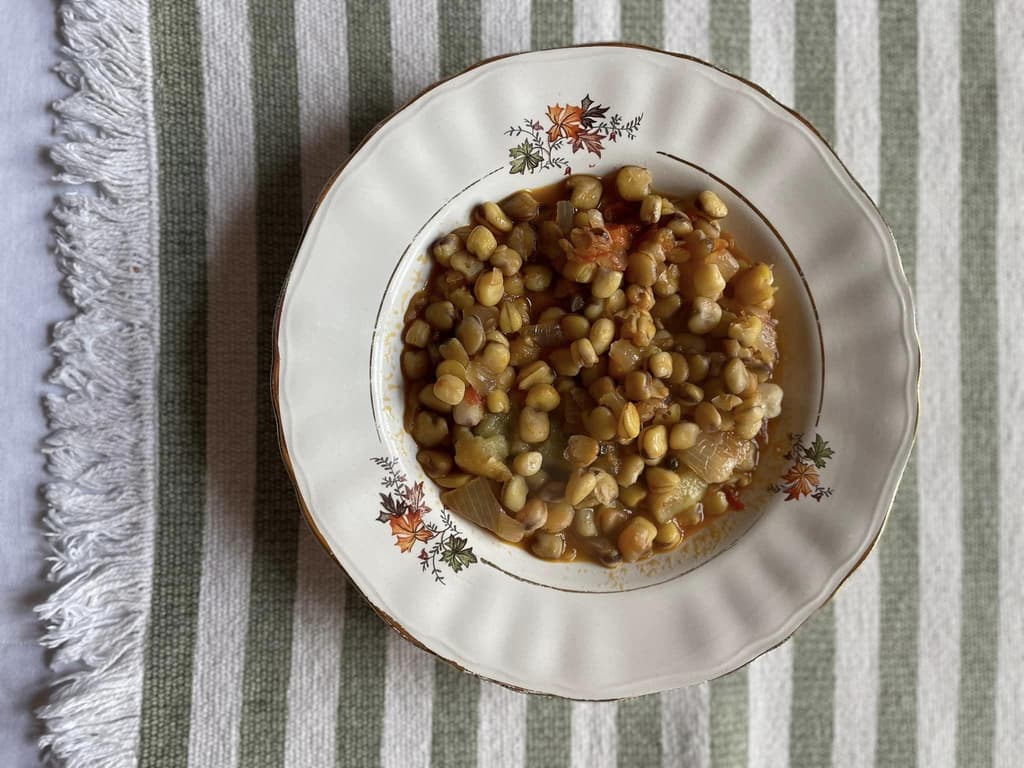
Biza or Manarolia Stew with Eggplants

Antikristo or "Ofto" Meat
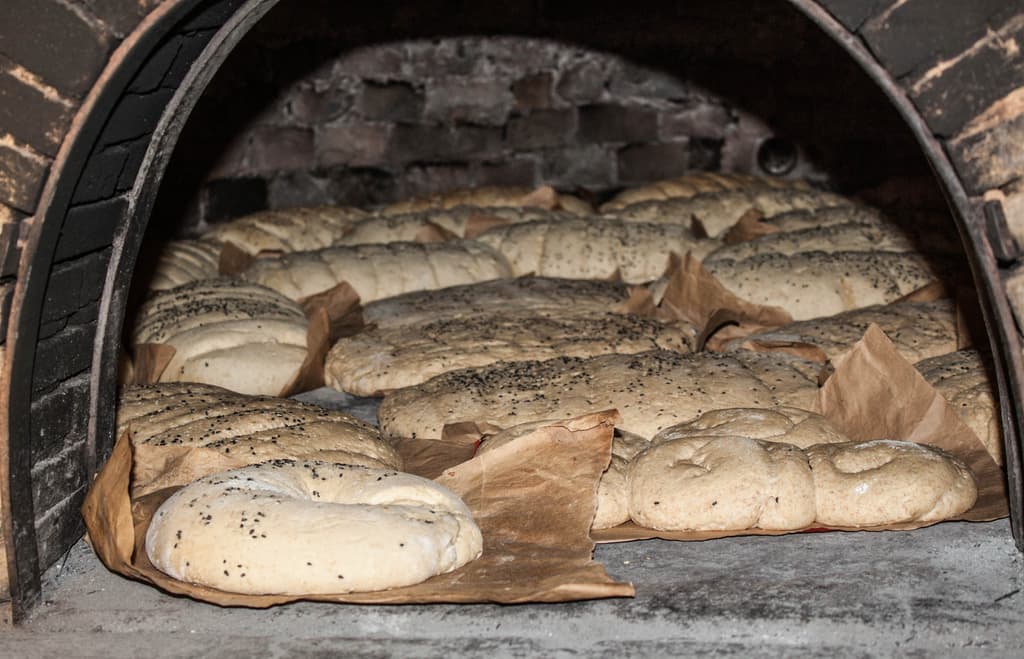
Eftazymo Bread
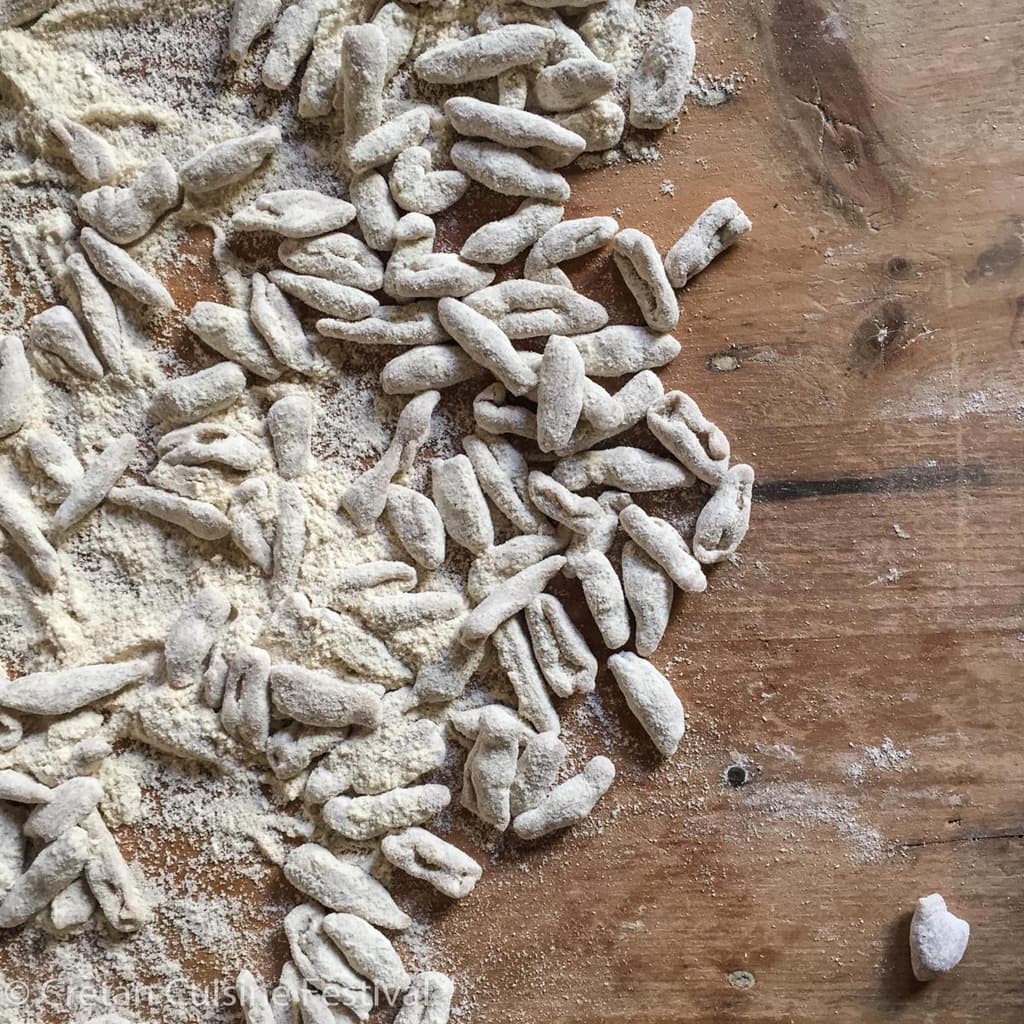
Skioufichta Macarounia
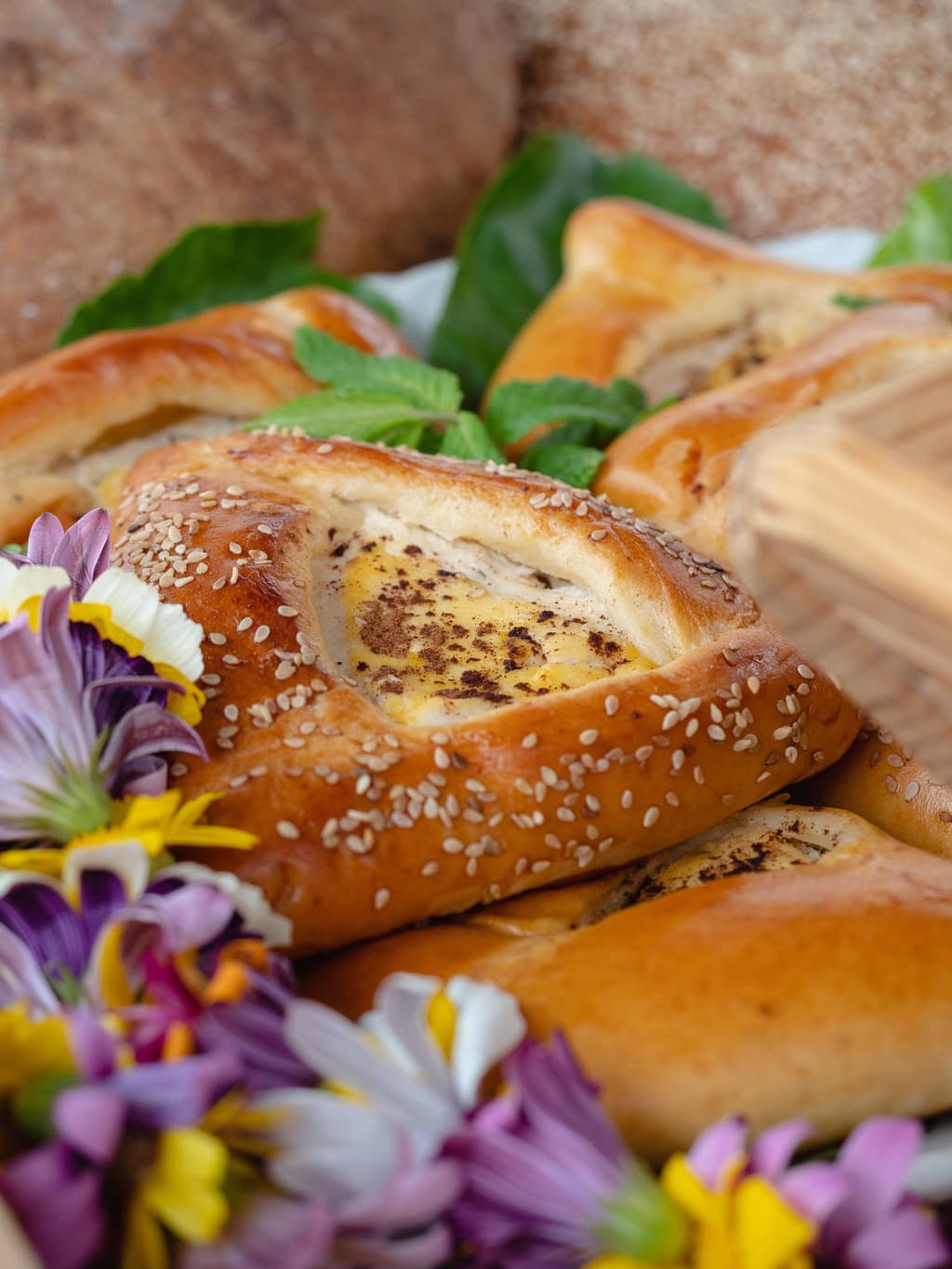
Anevata Kalitsounia
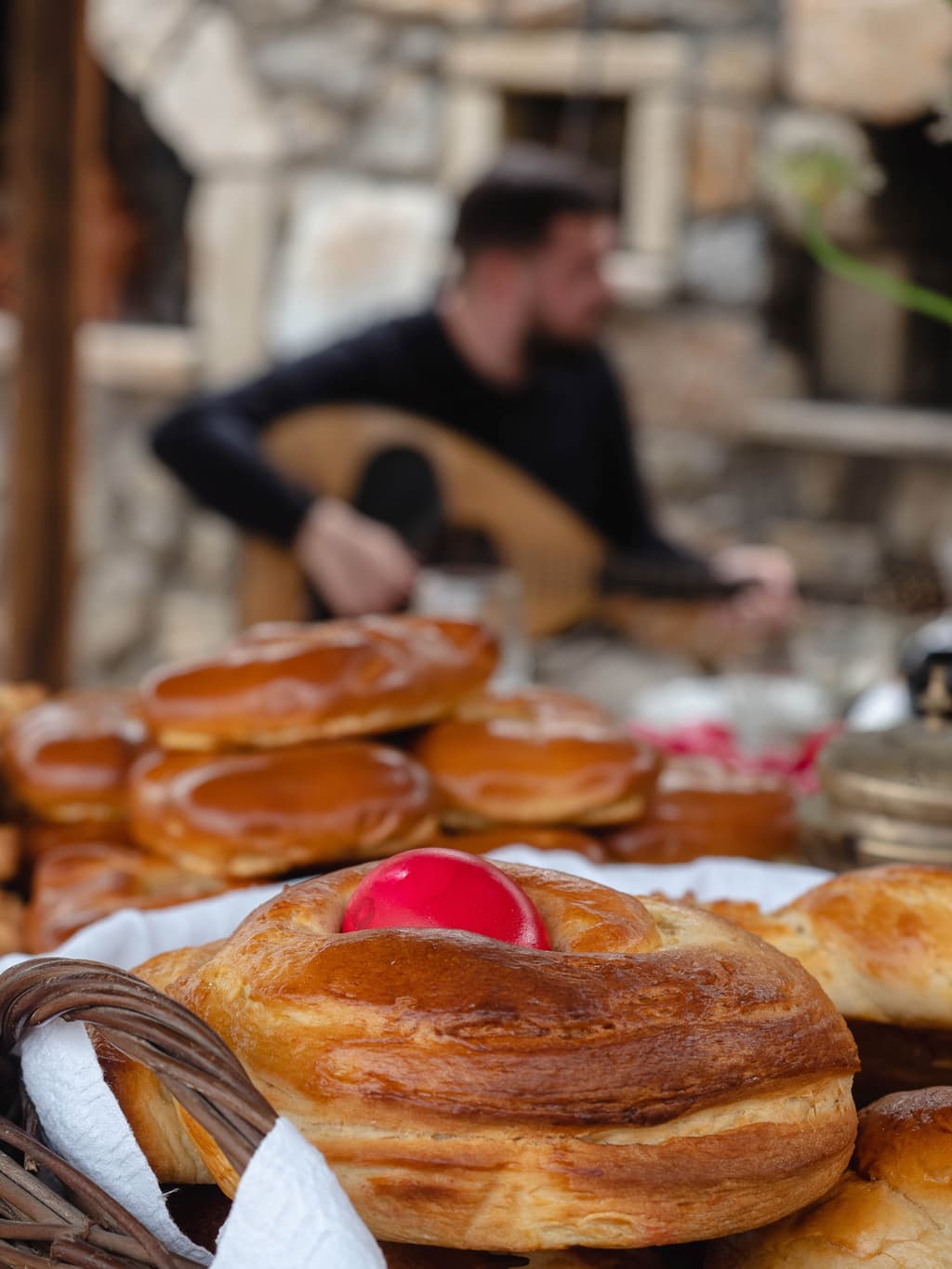
Galatera

Sykomarides
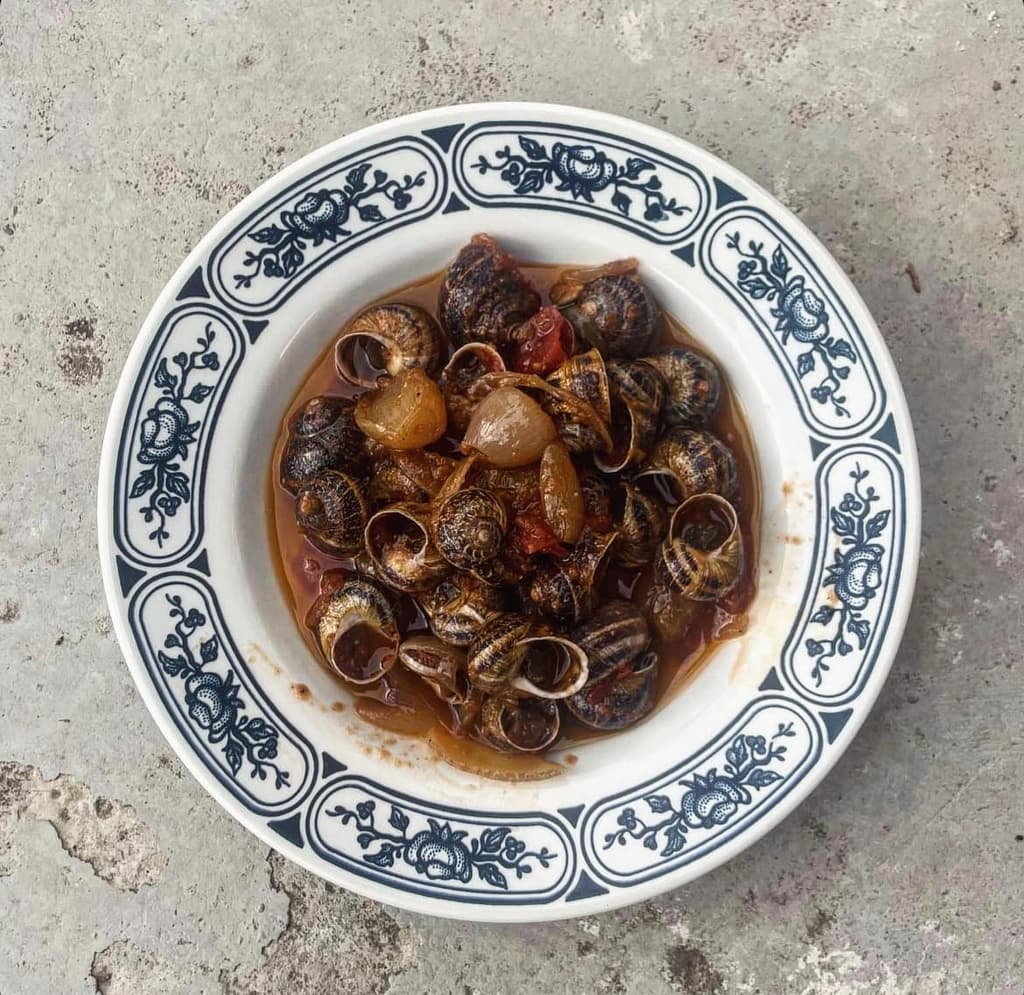
Snails Stifado
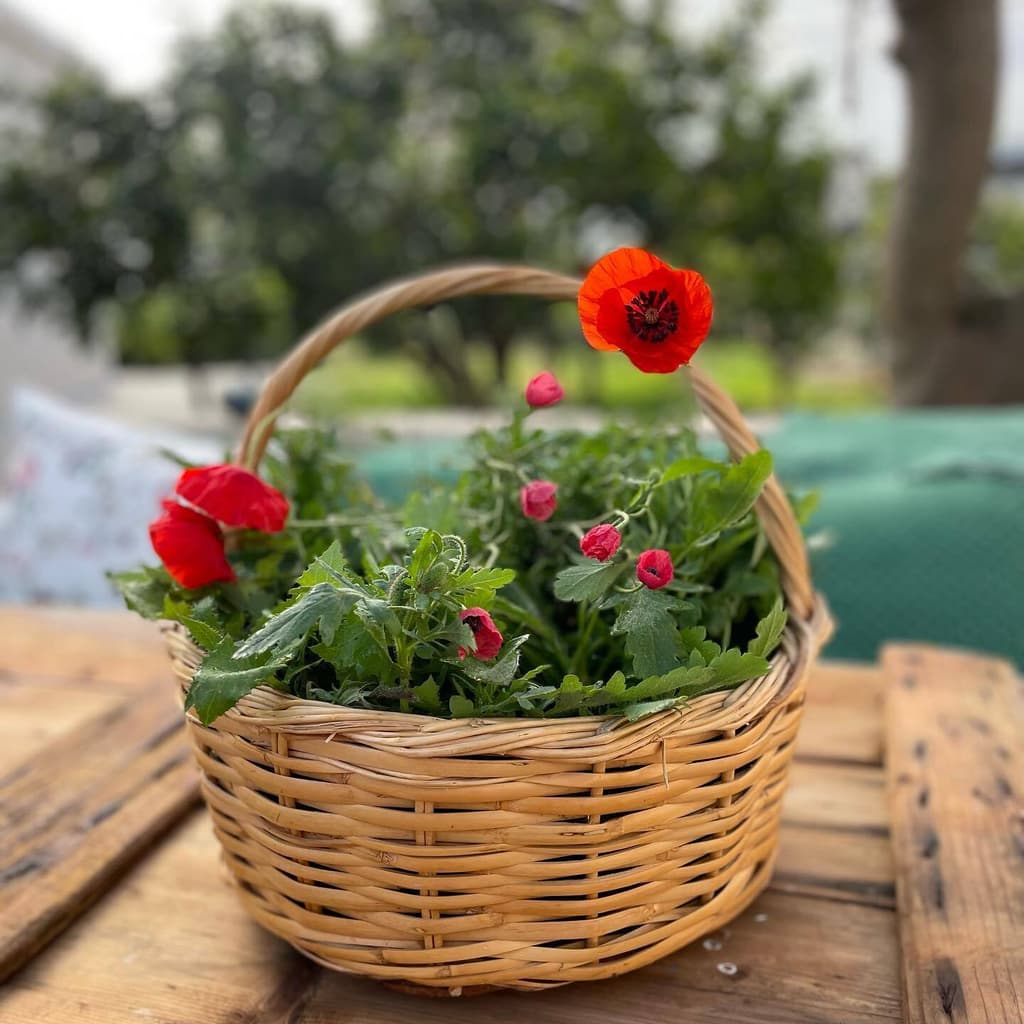
Poppy Pies (Paparounopites)

Beetroot Salad

Bitter Orange Spoon Sweet (Nerantzi)
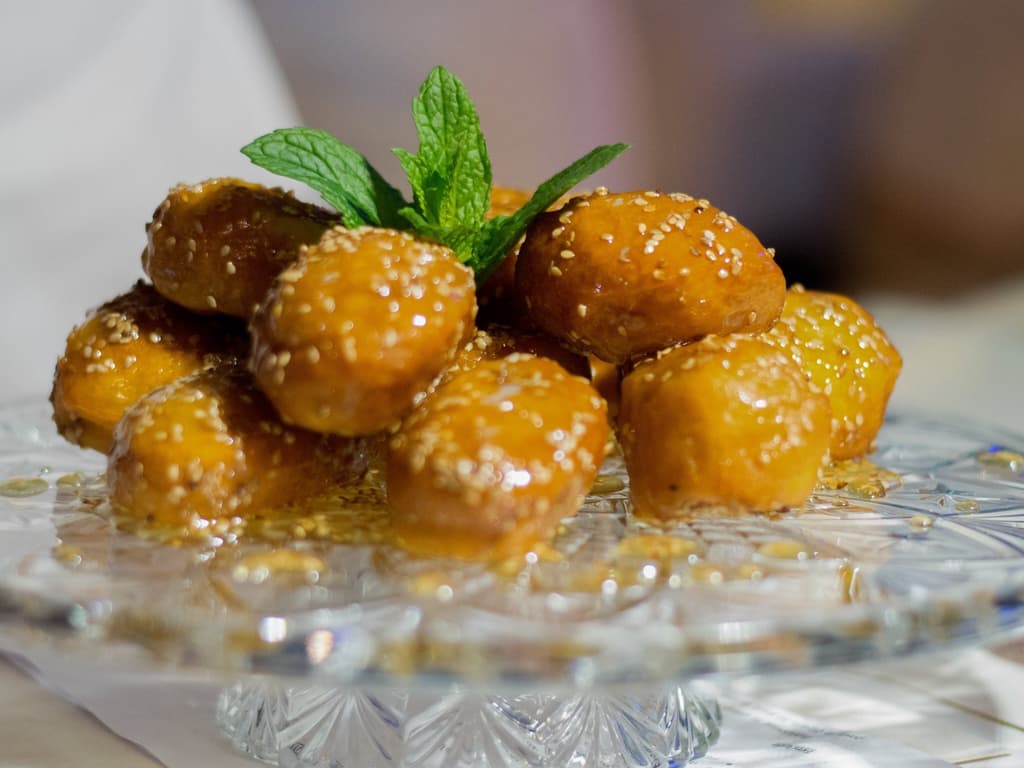
Loukoumia or Koubania

Fasouloryzo
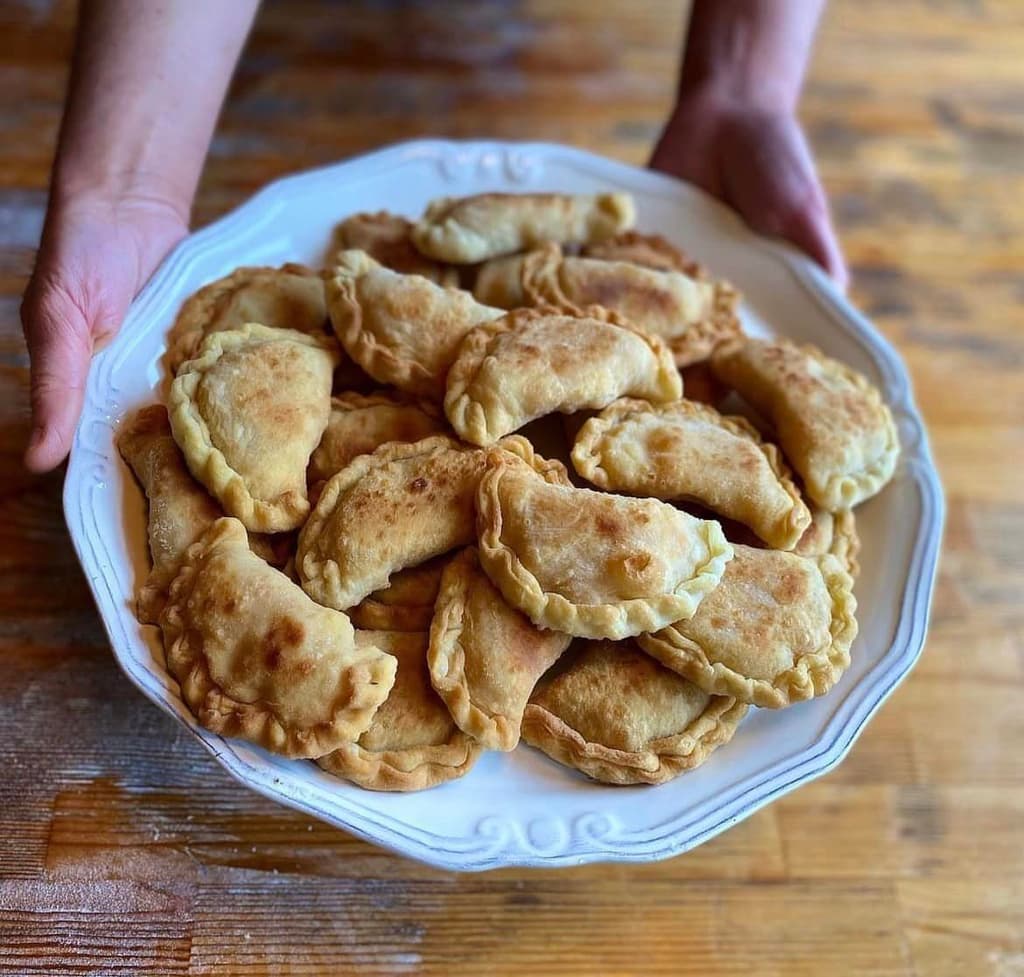
Pumpkin-Filled Pitarakia

Biza or Manarolia Stew with Eggplants
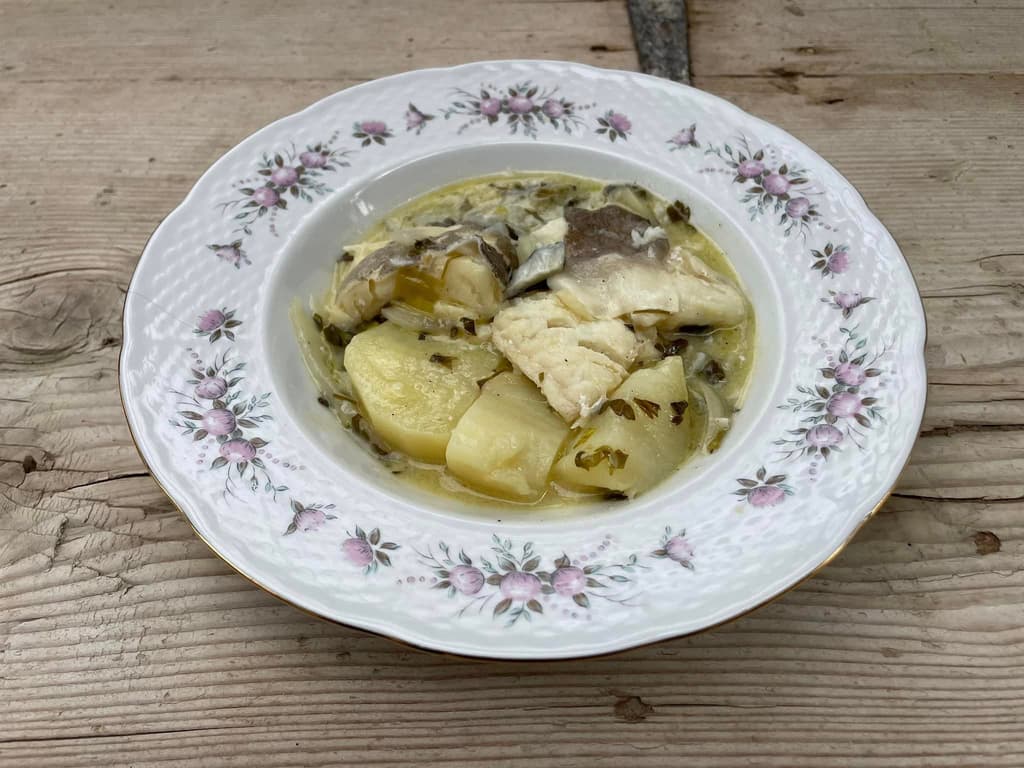
Salted Cod with Bitter Orange Sauce
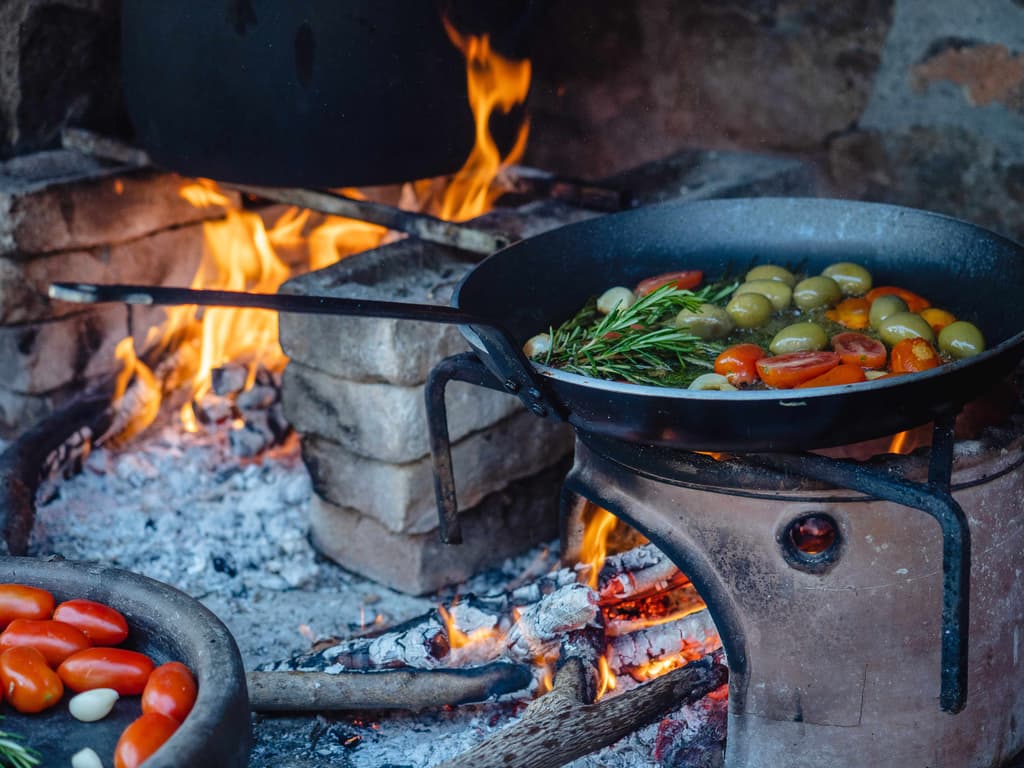
Sountrimades


